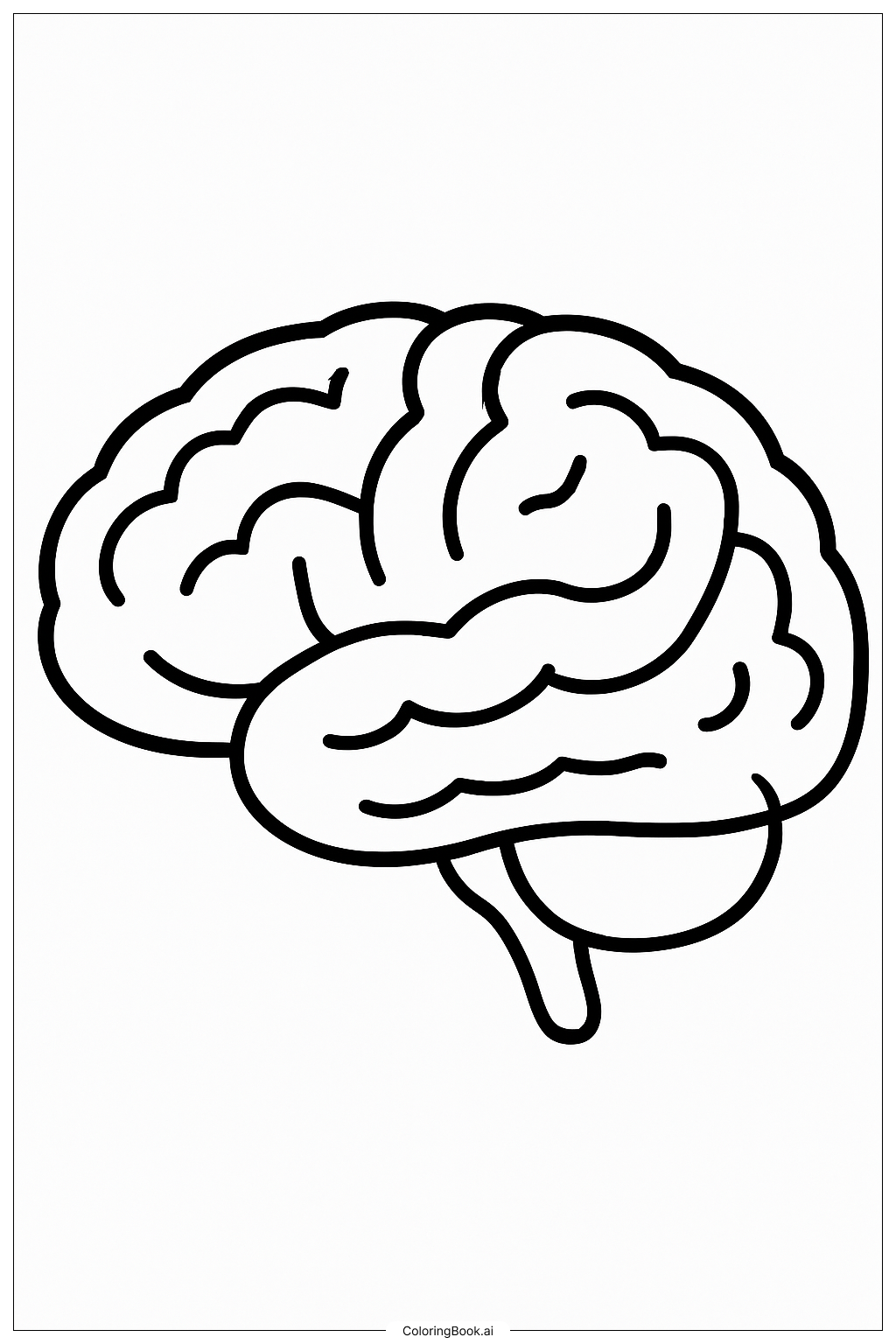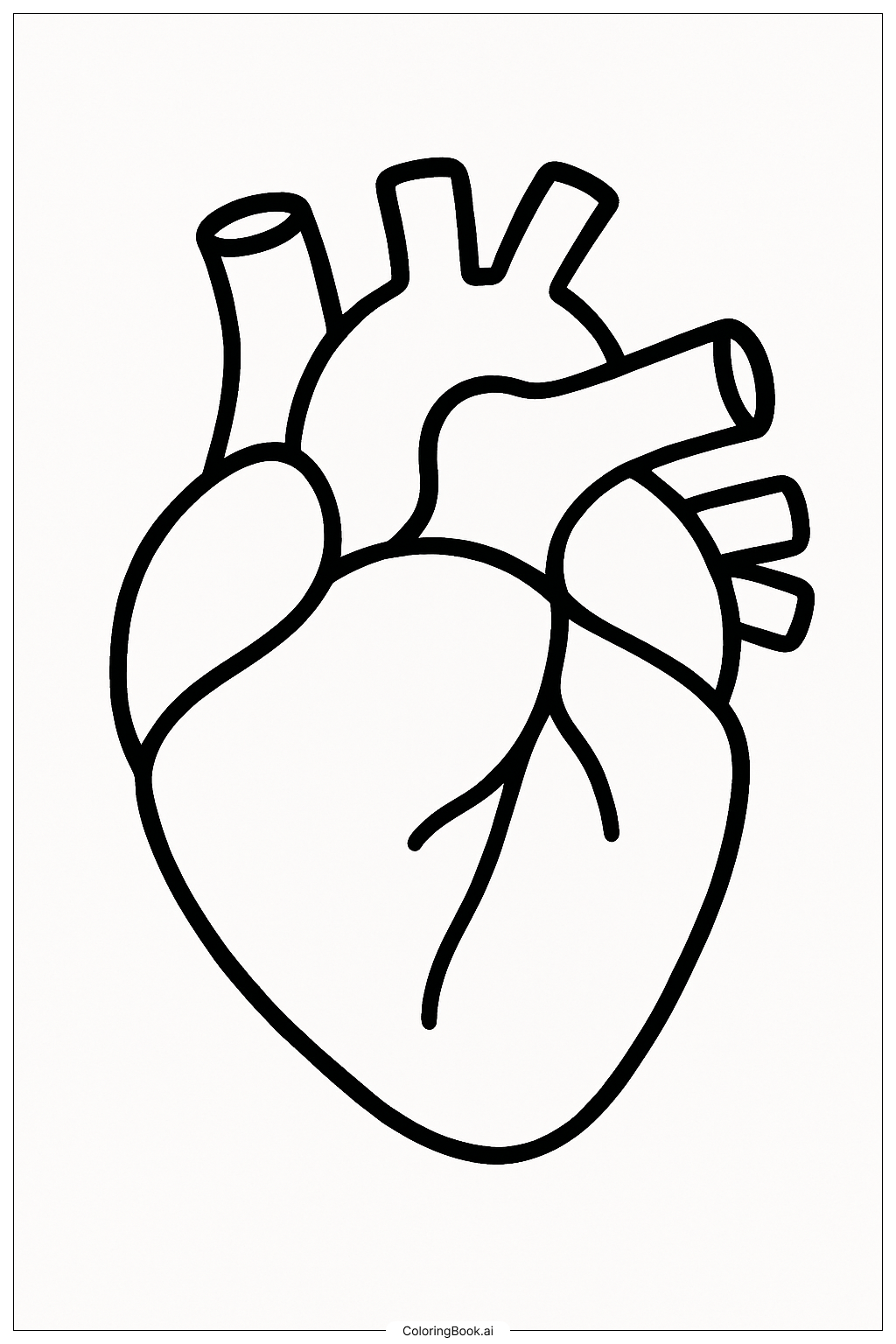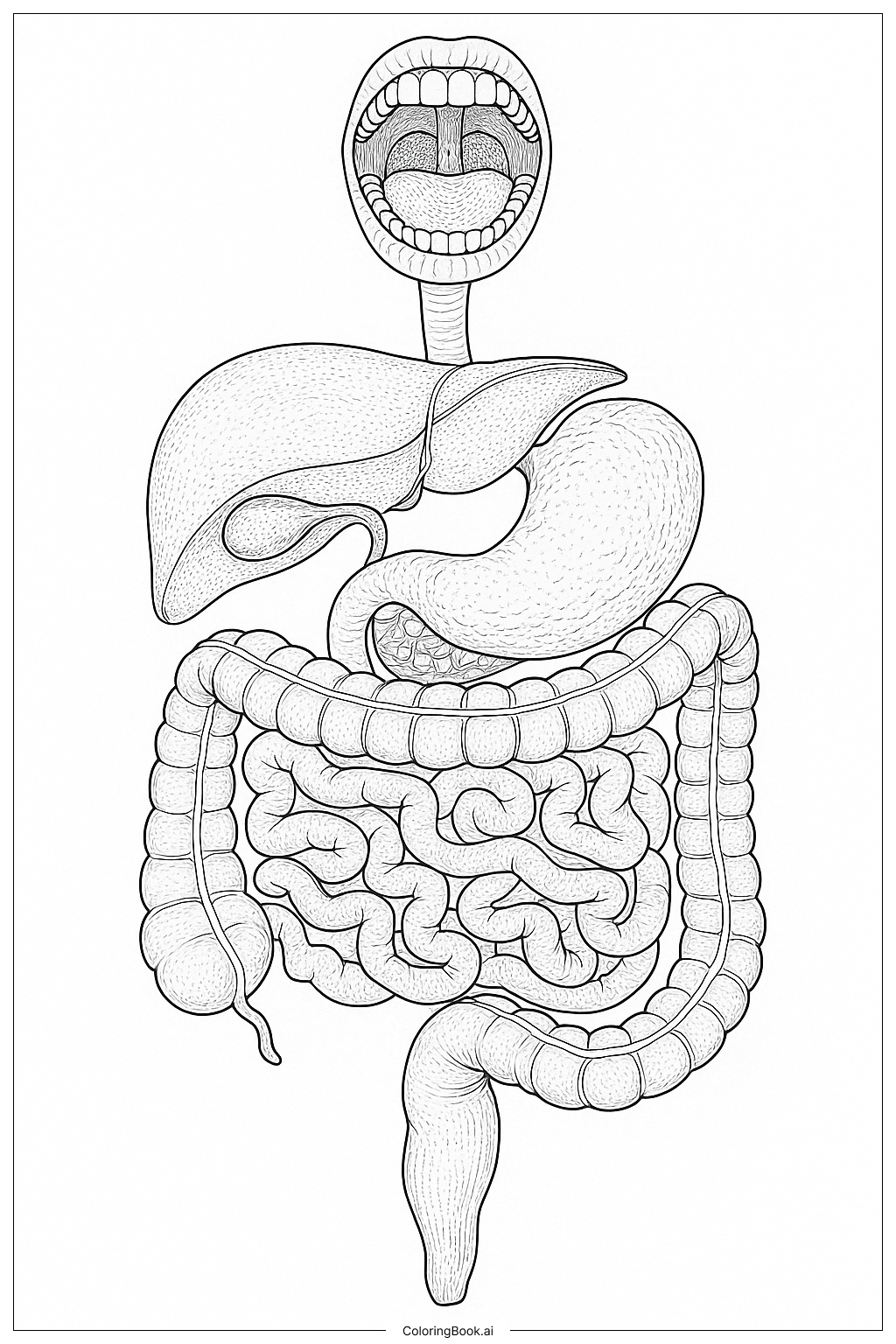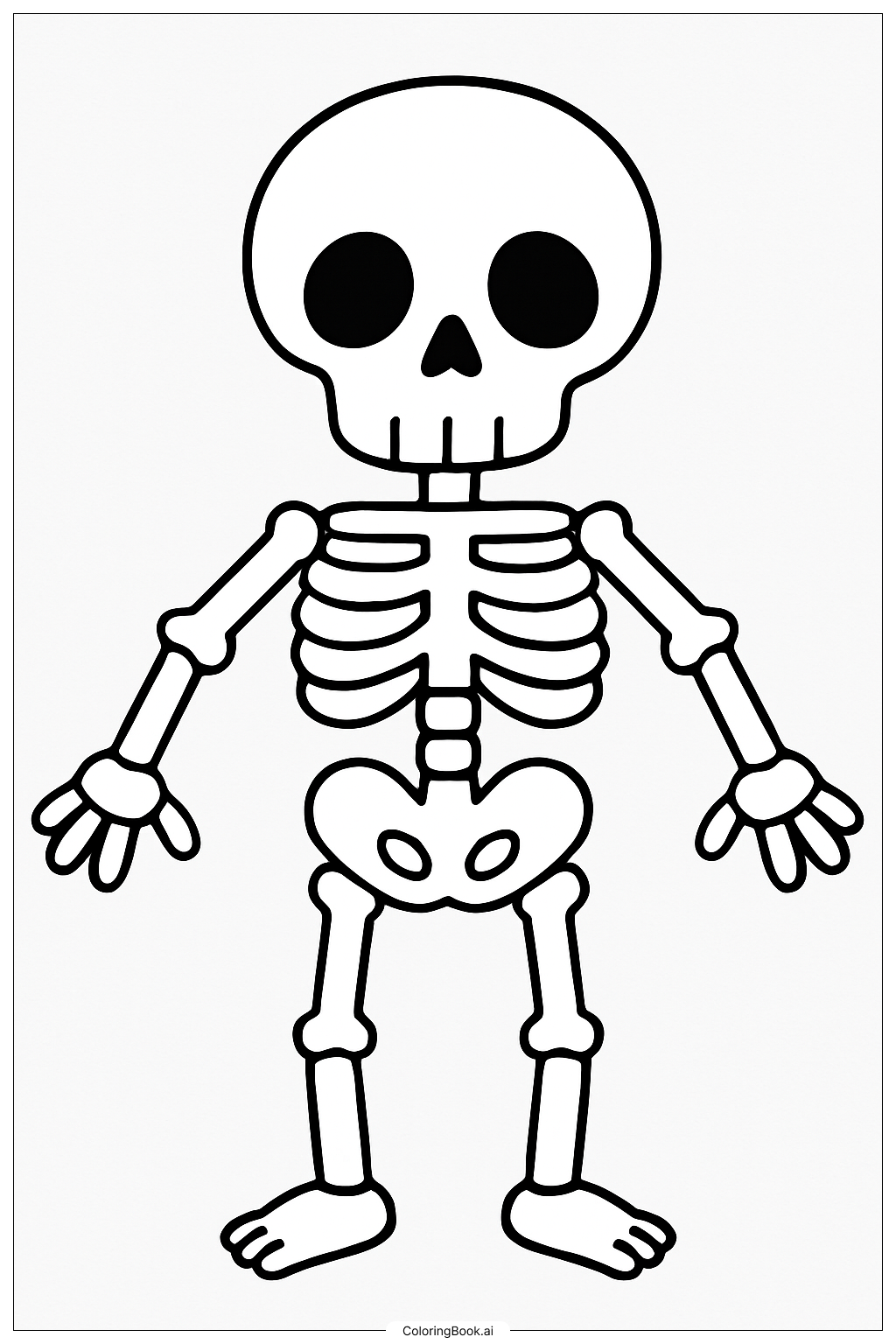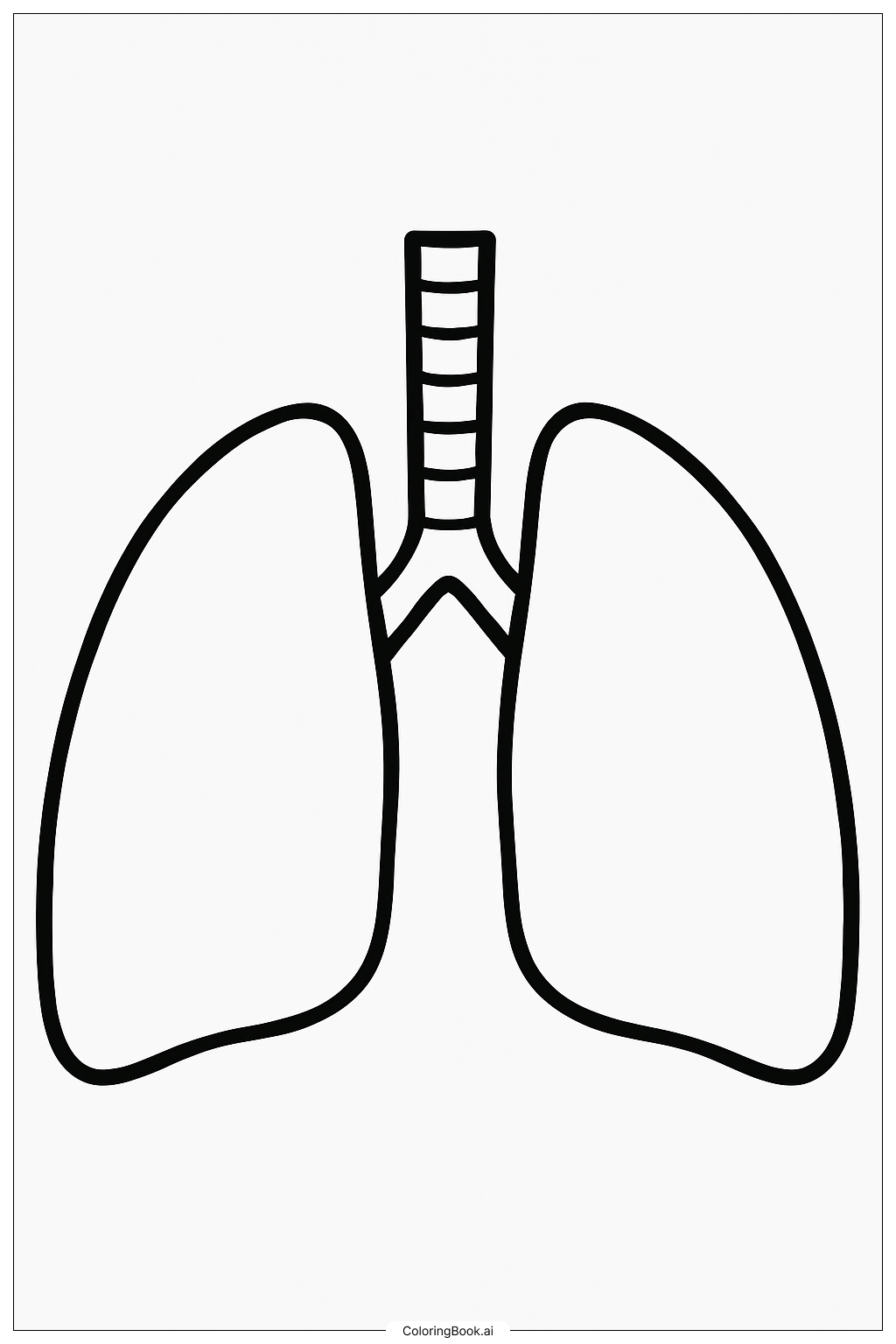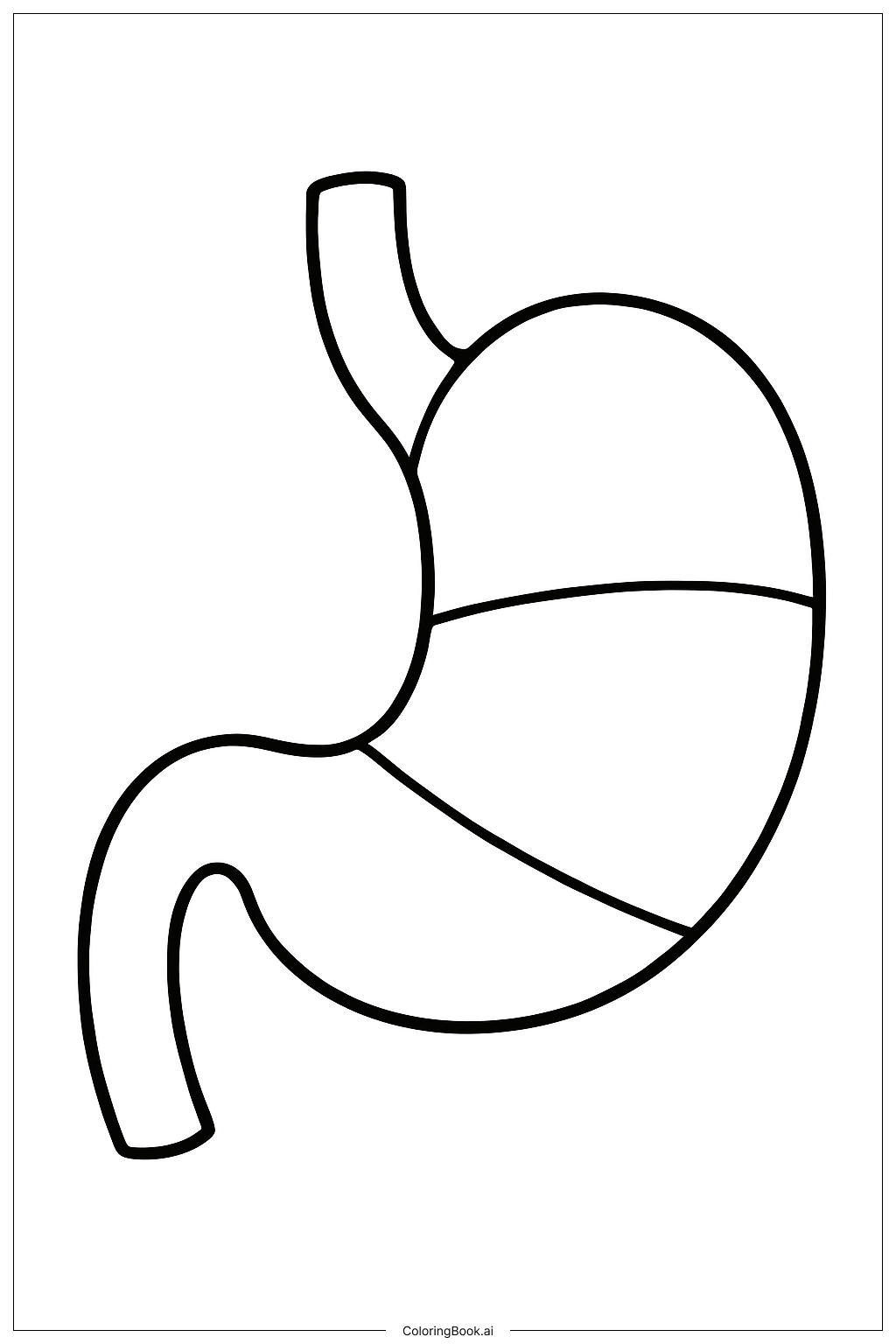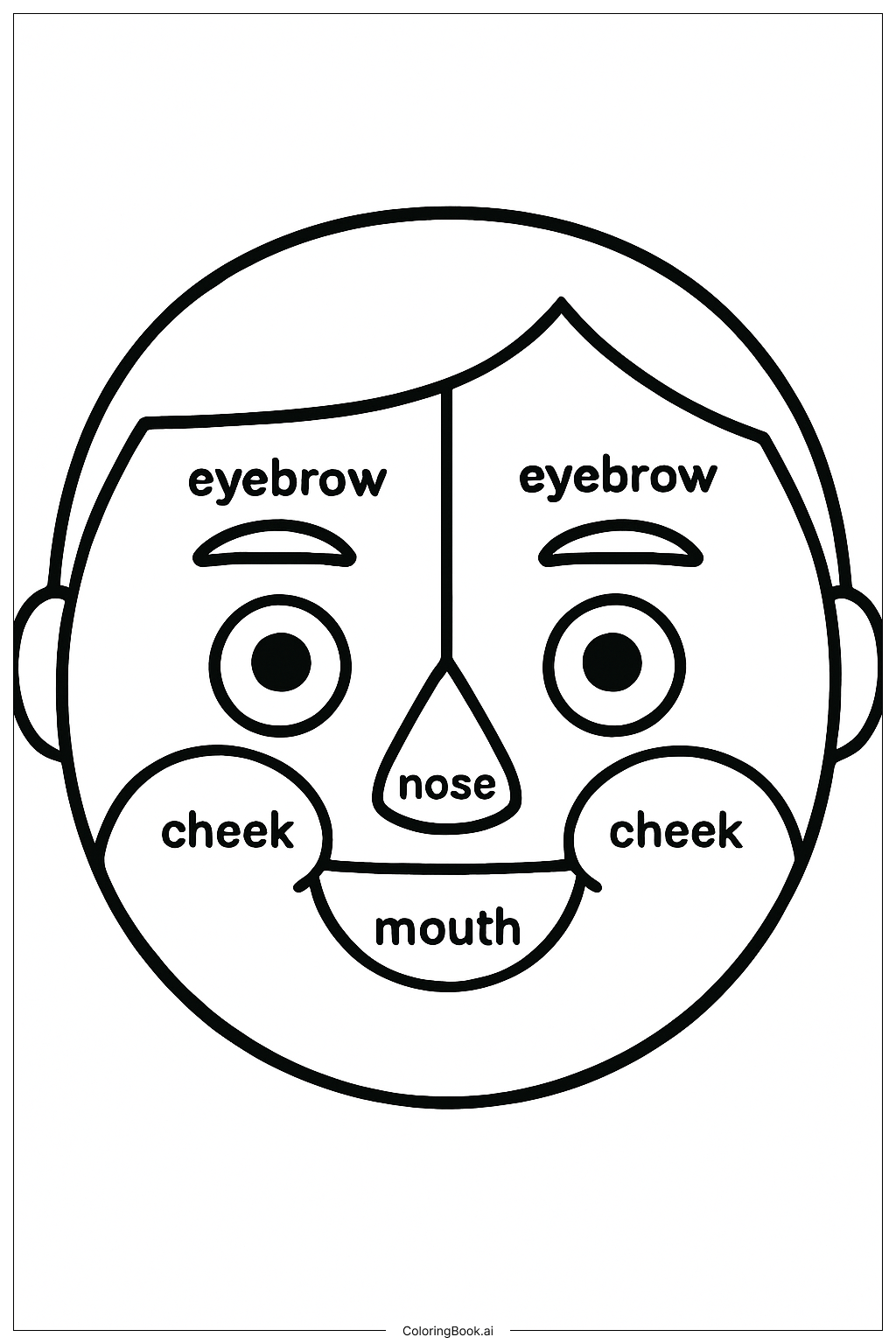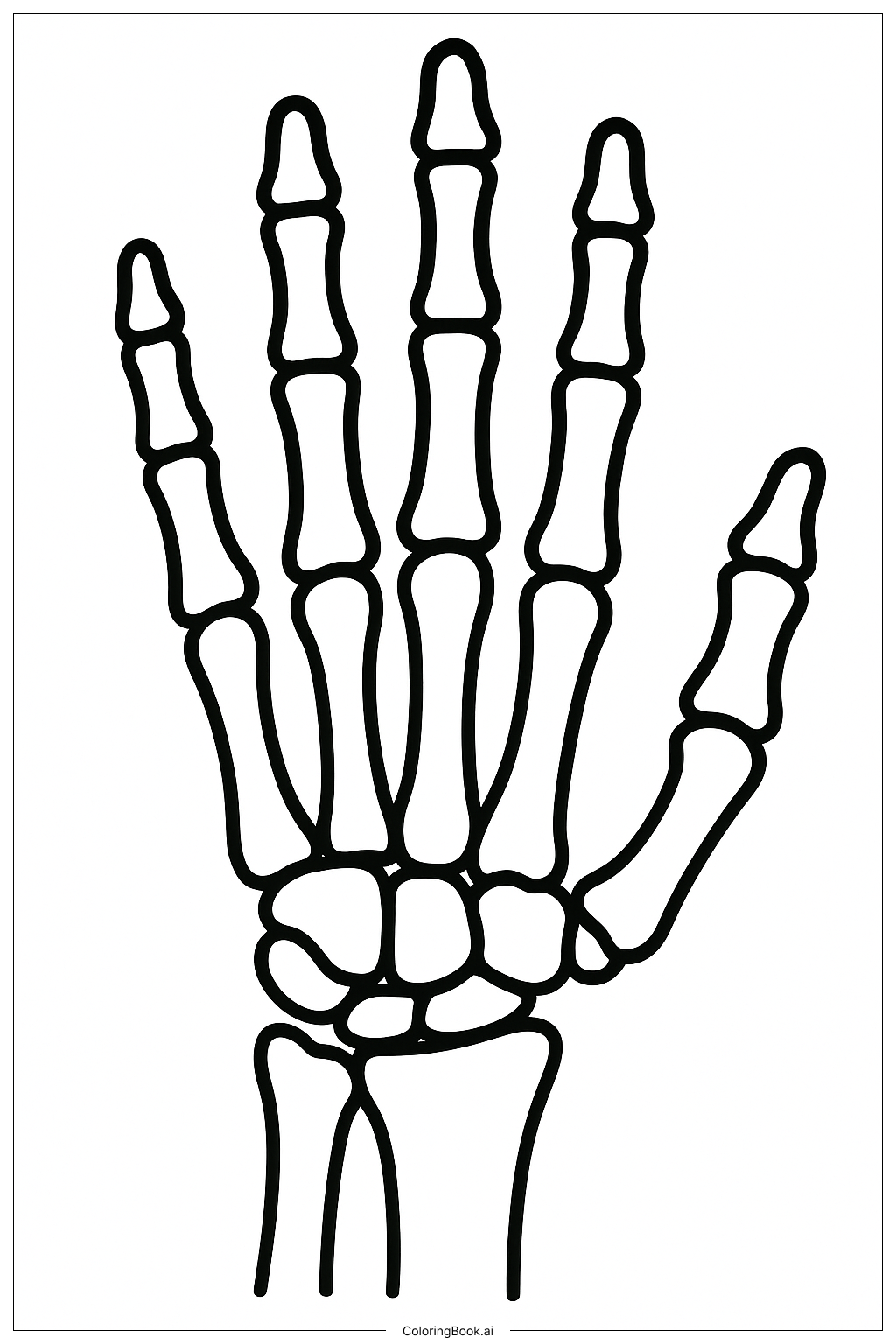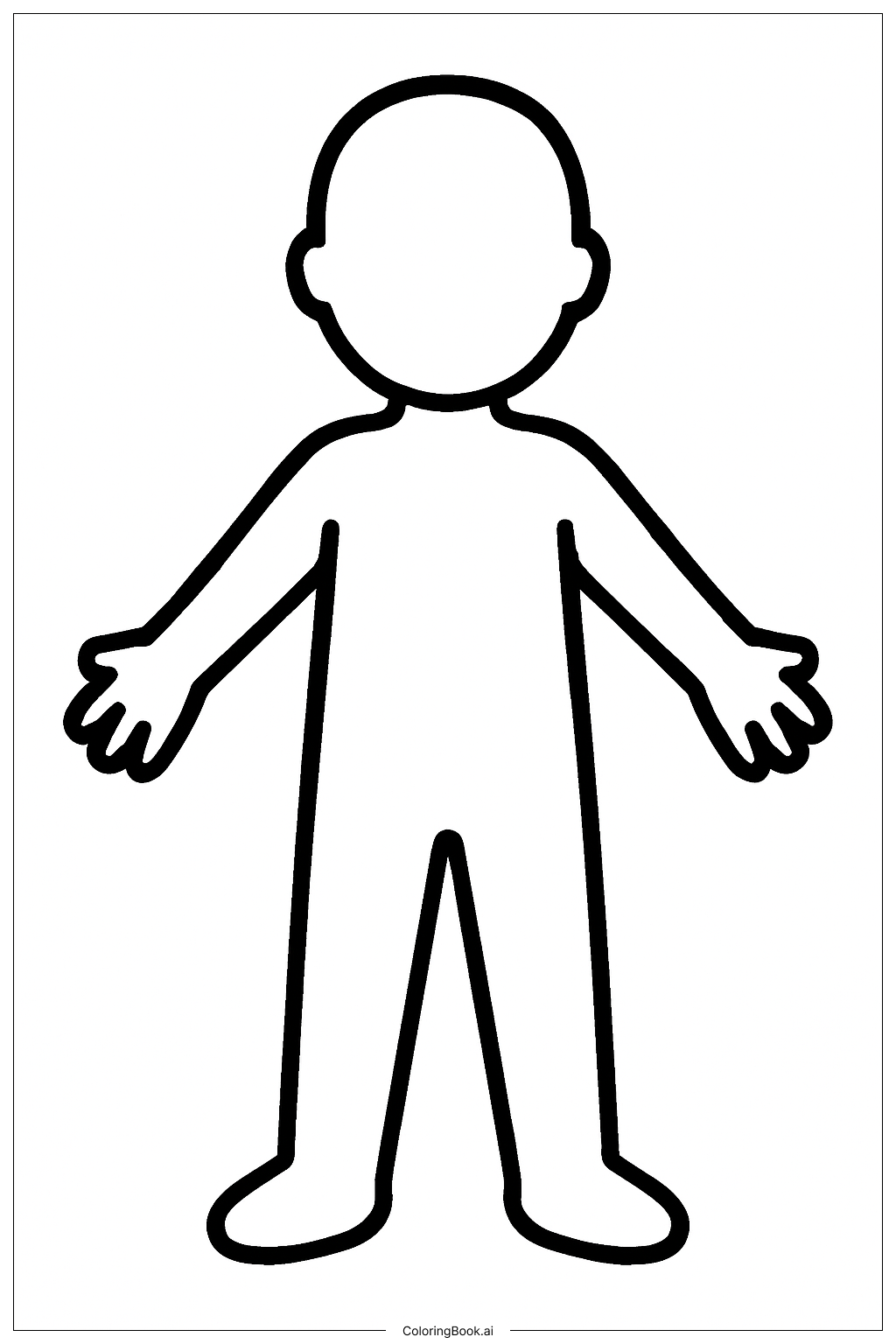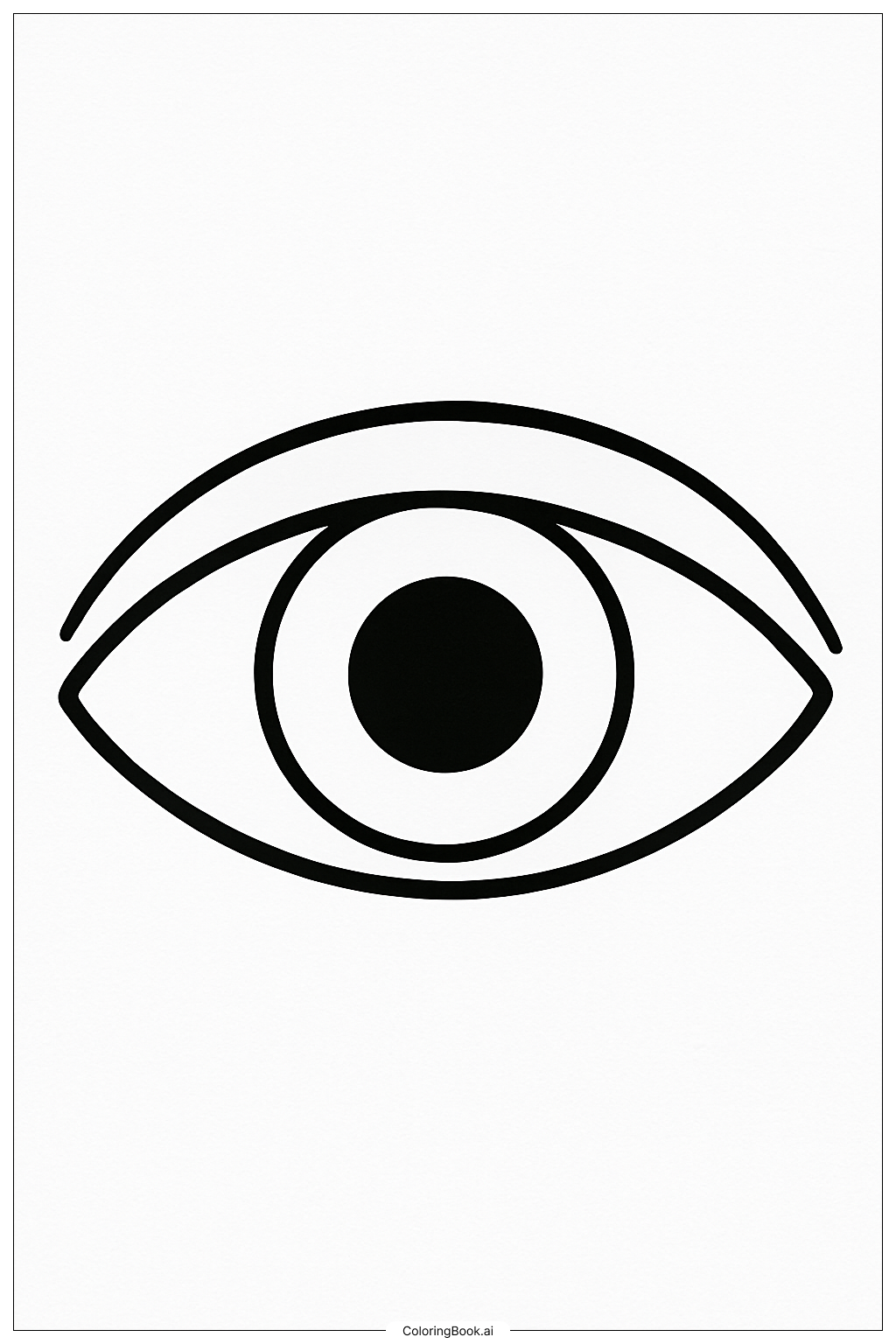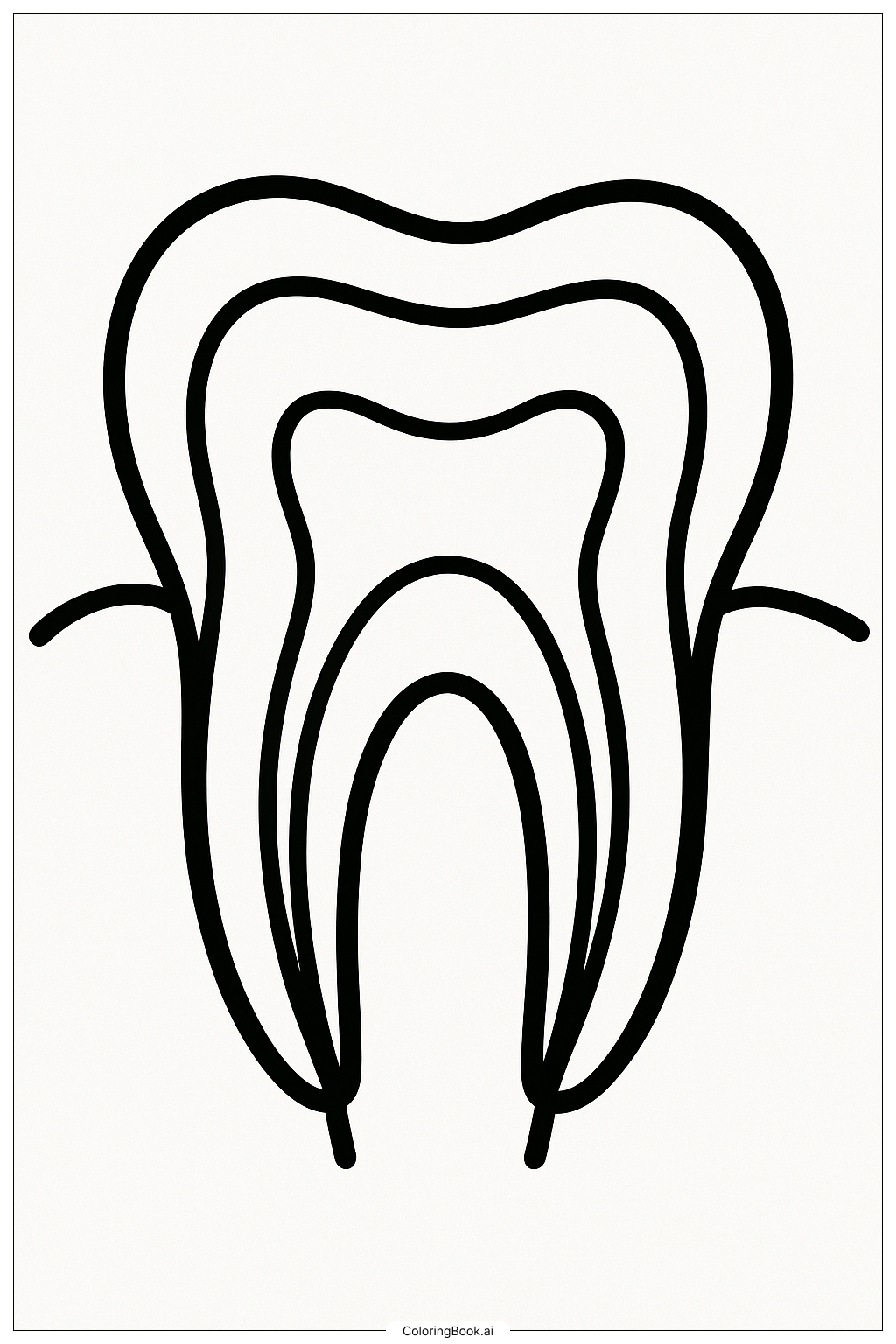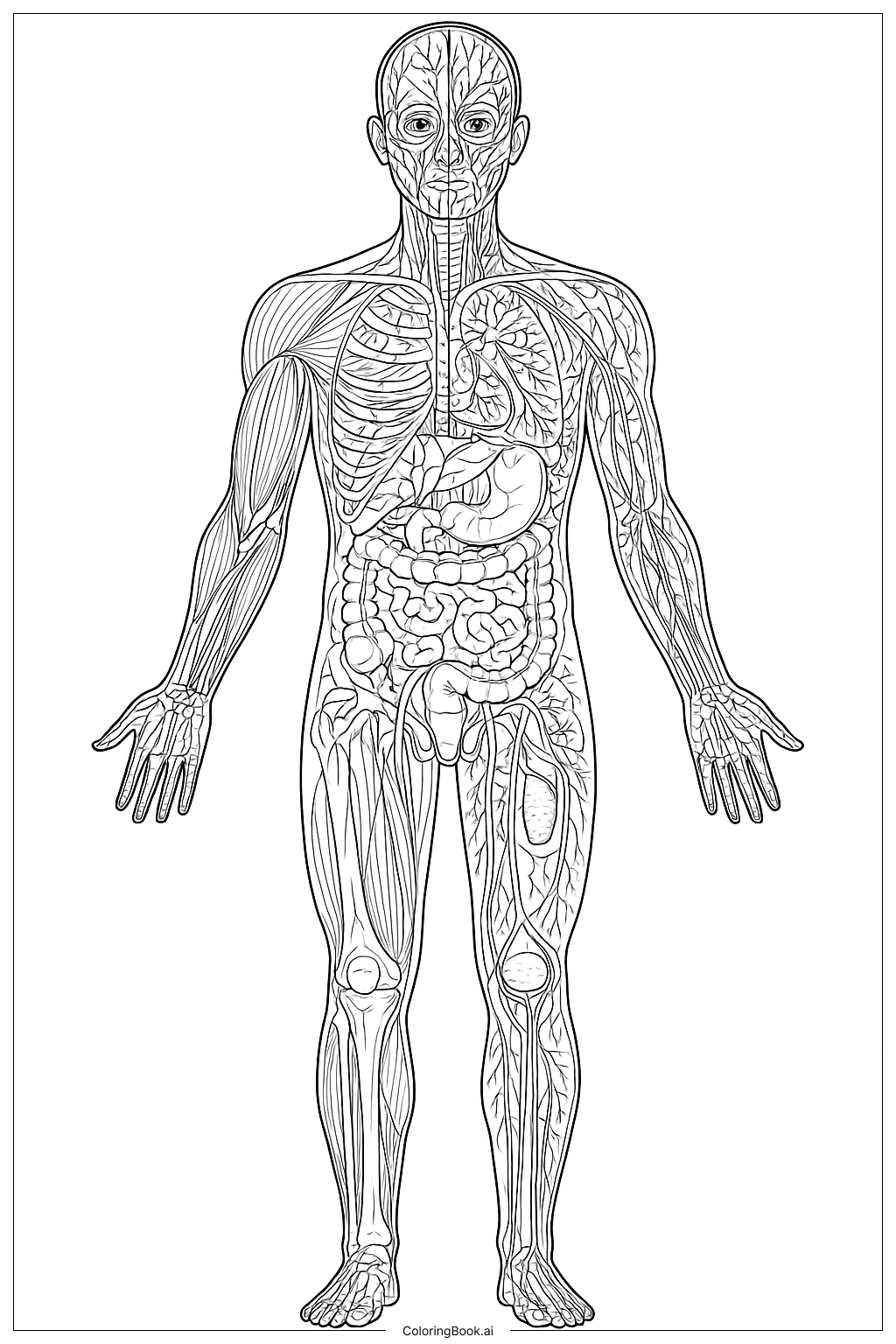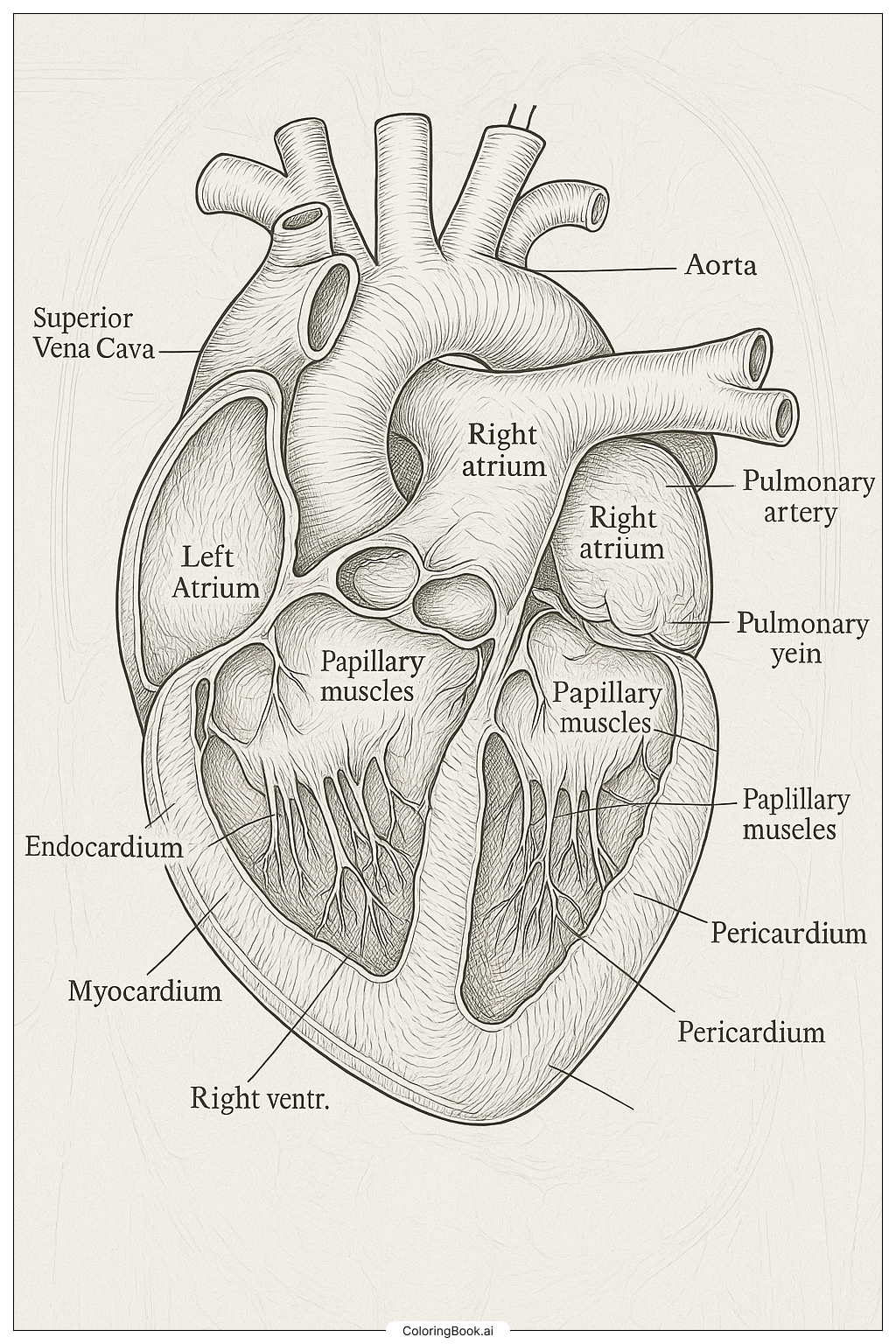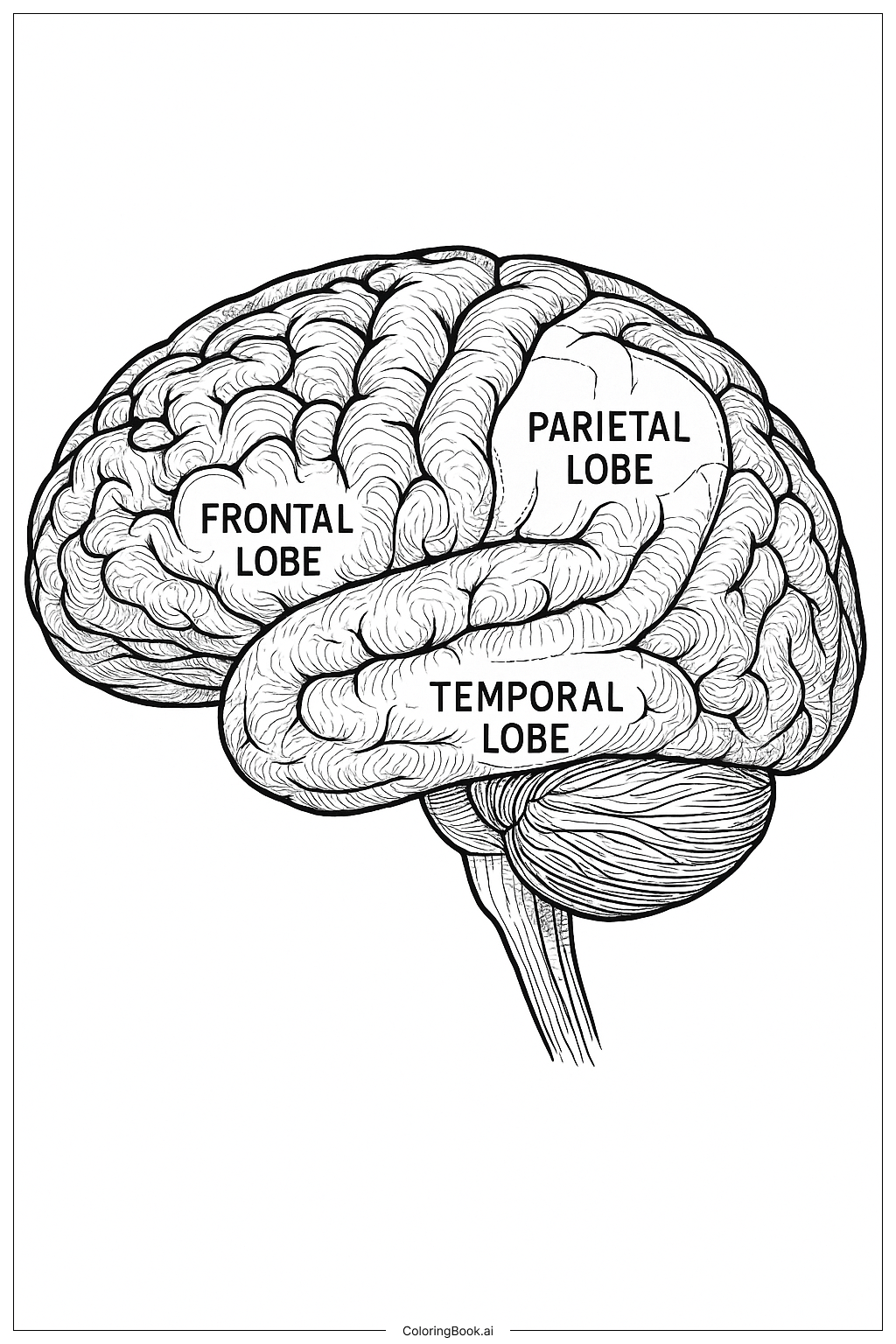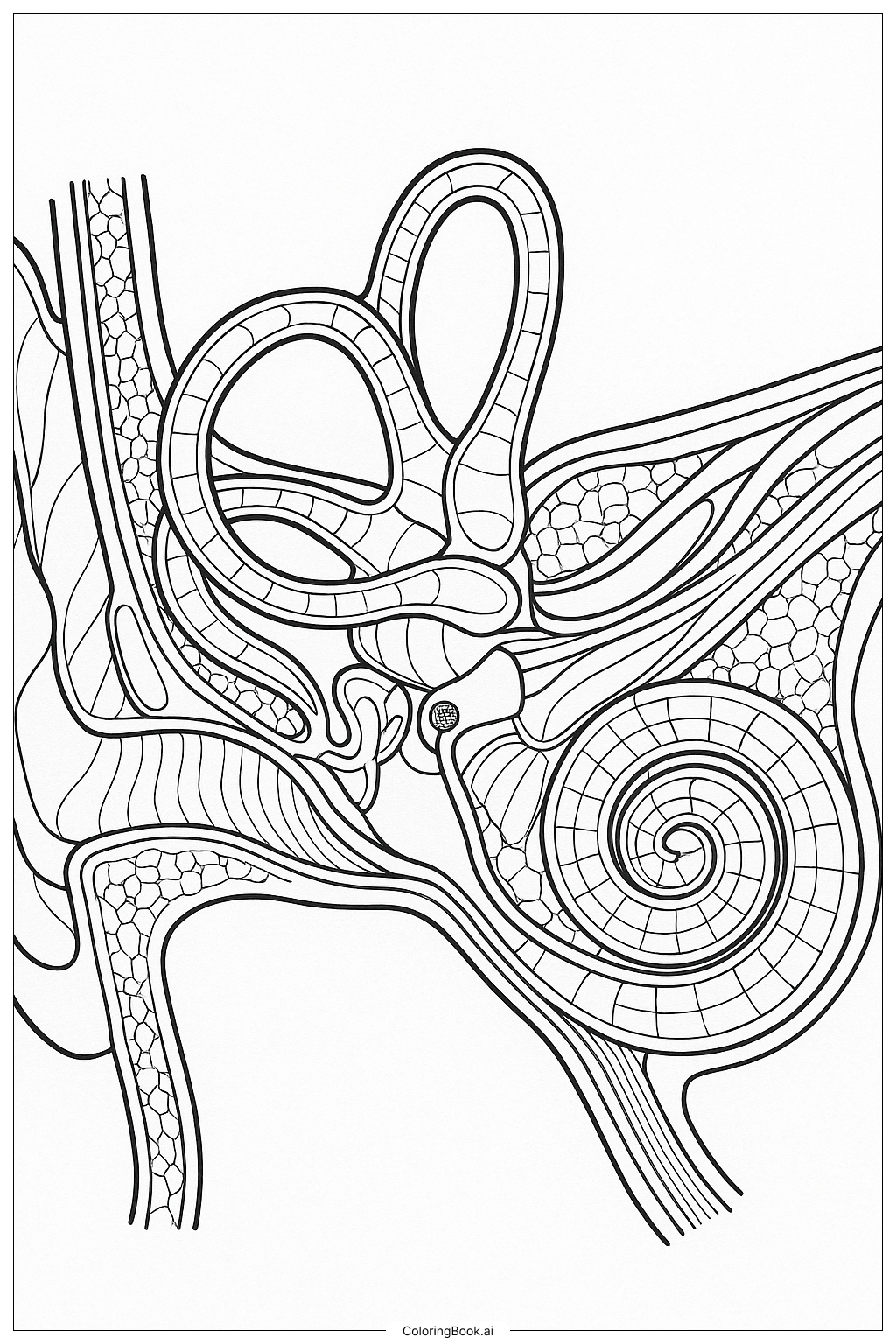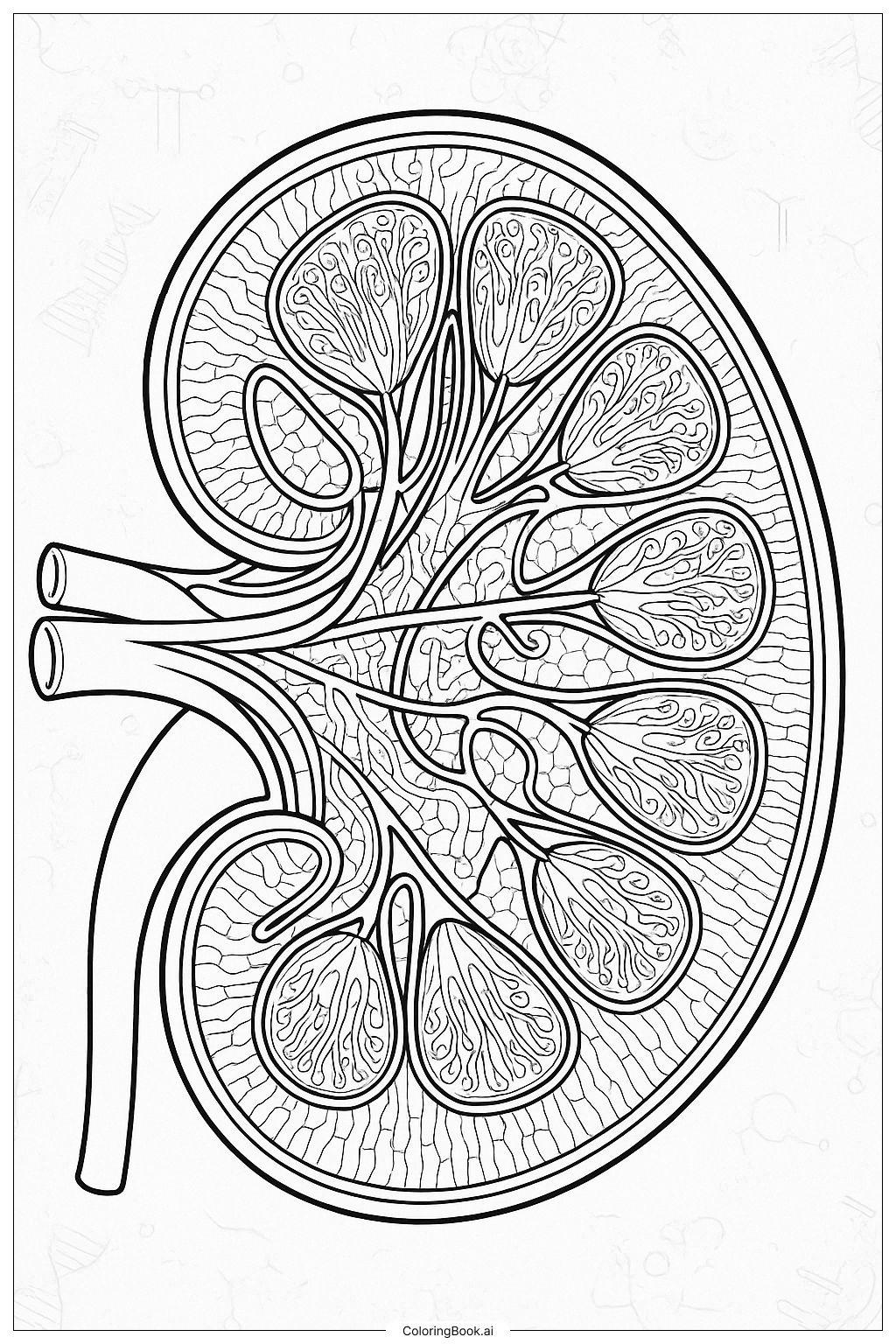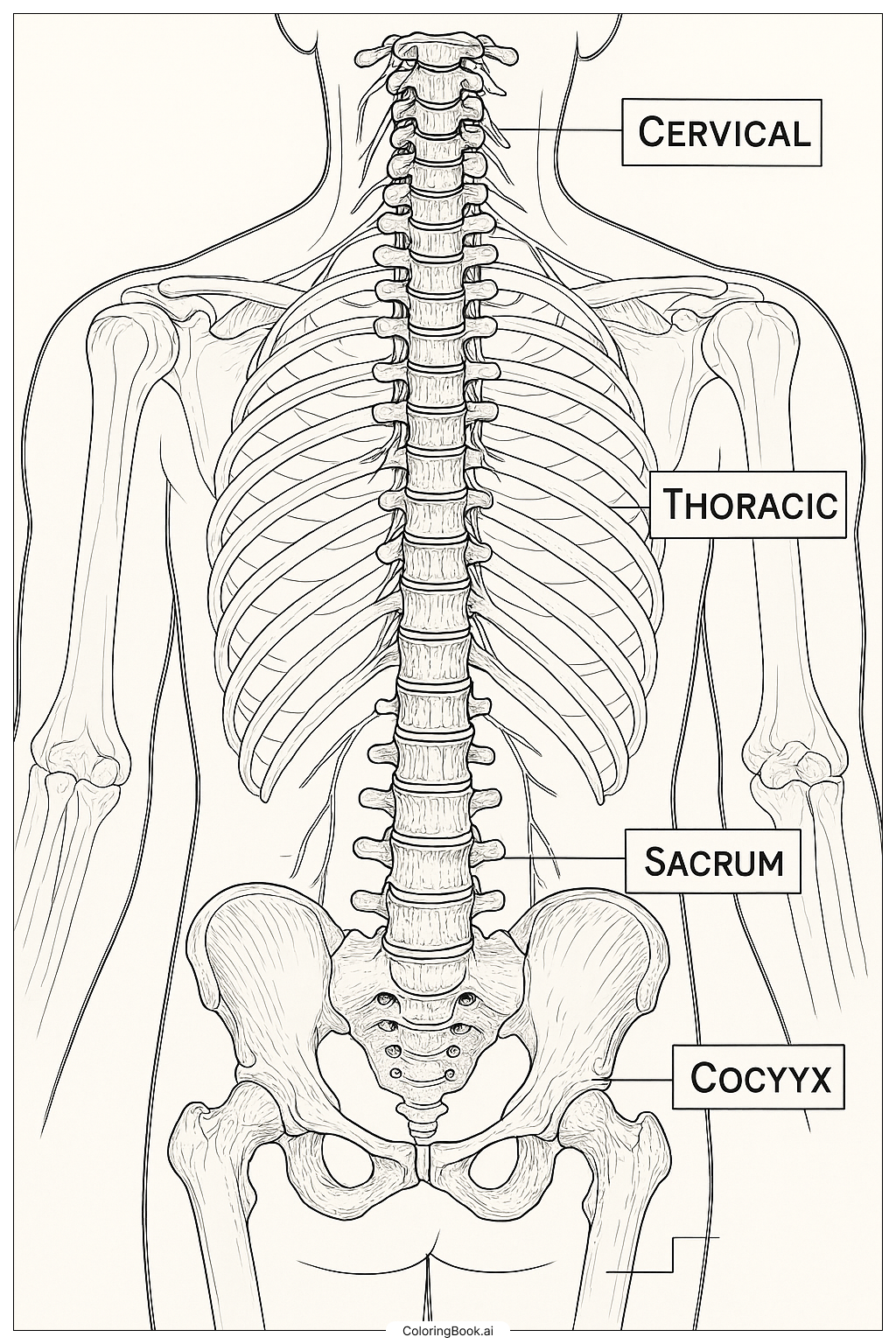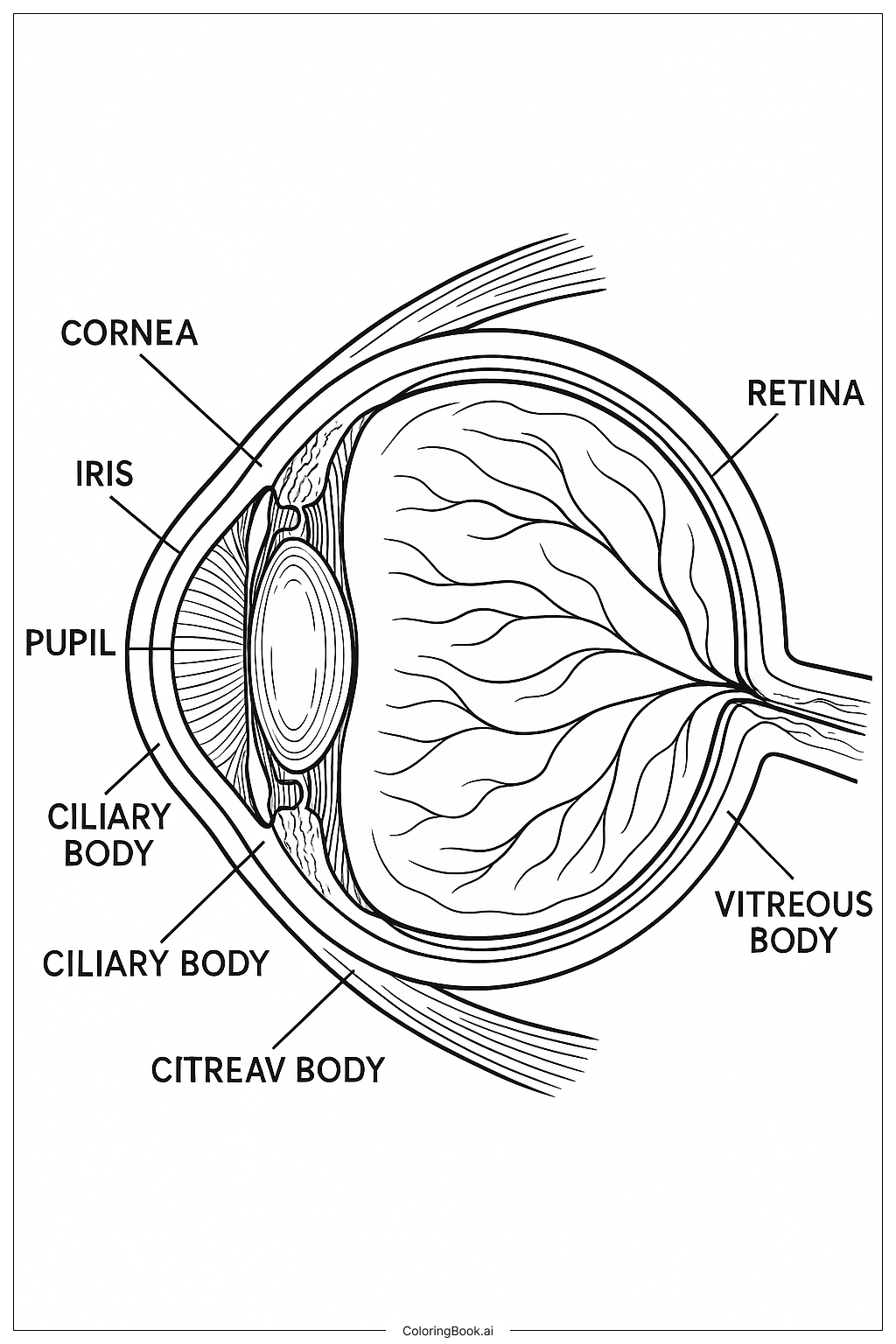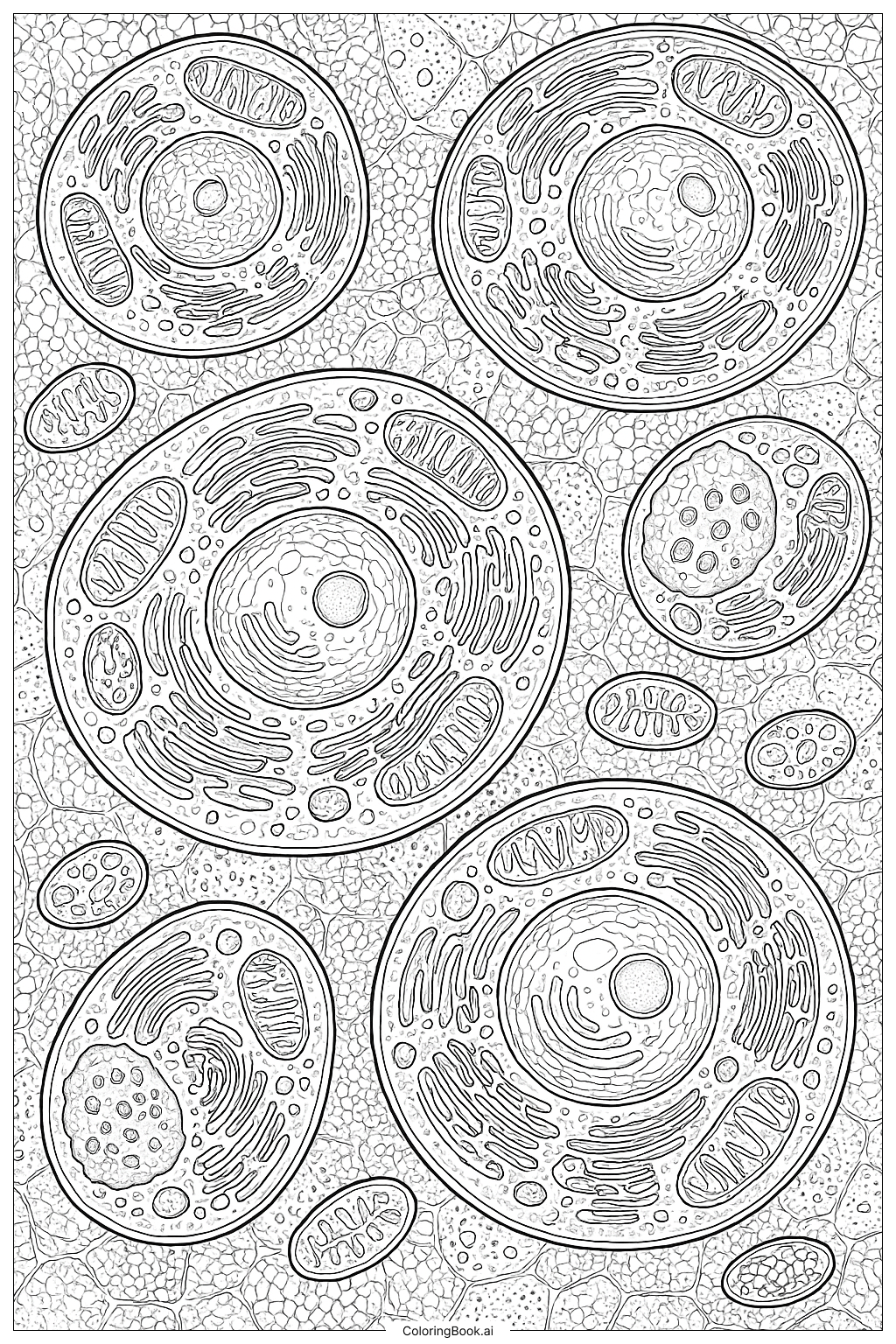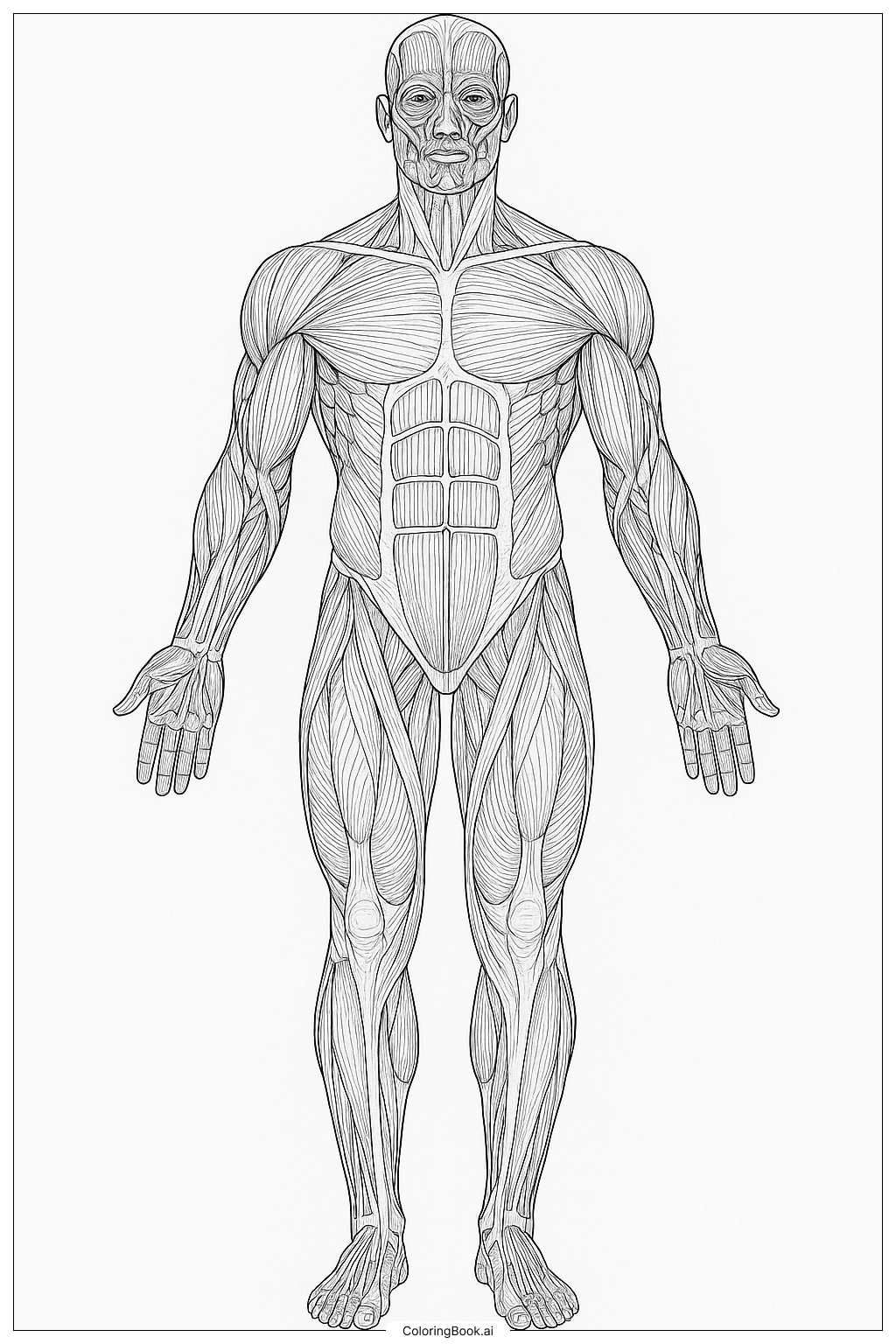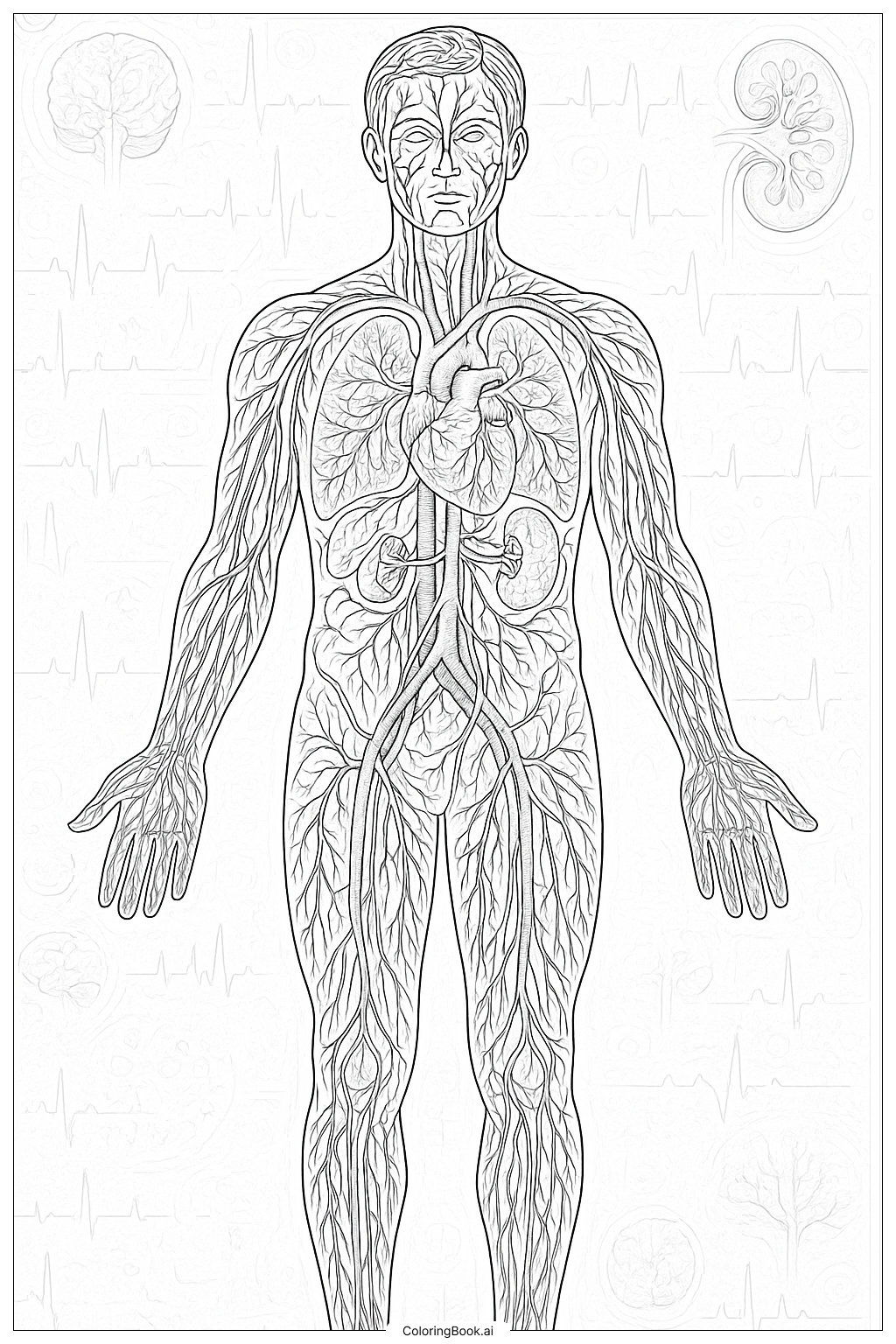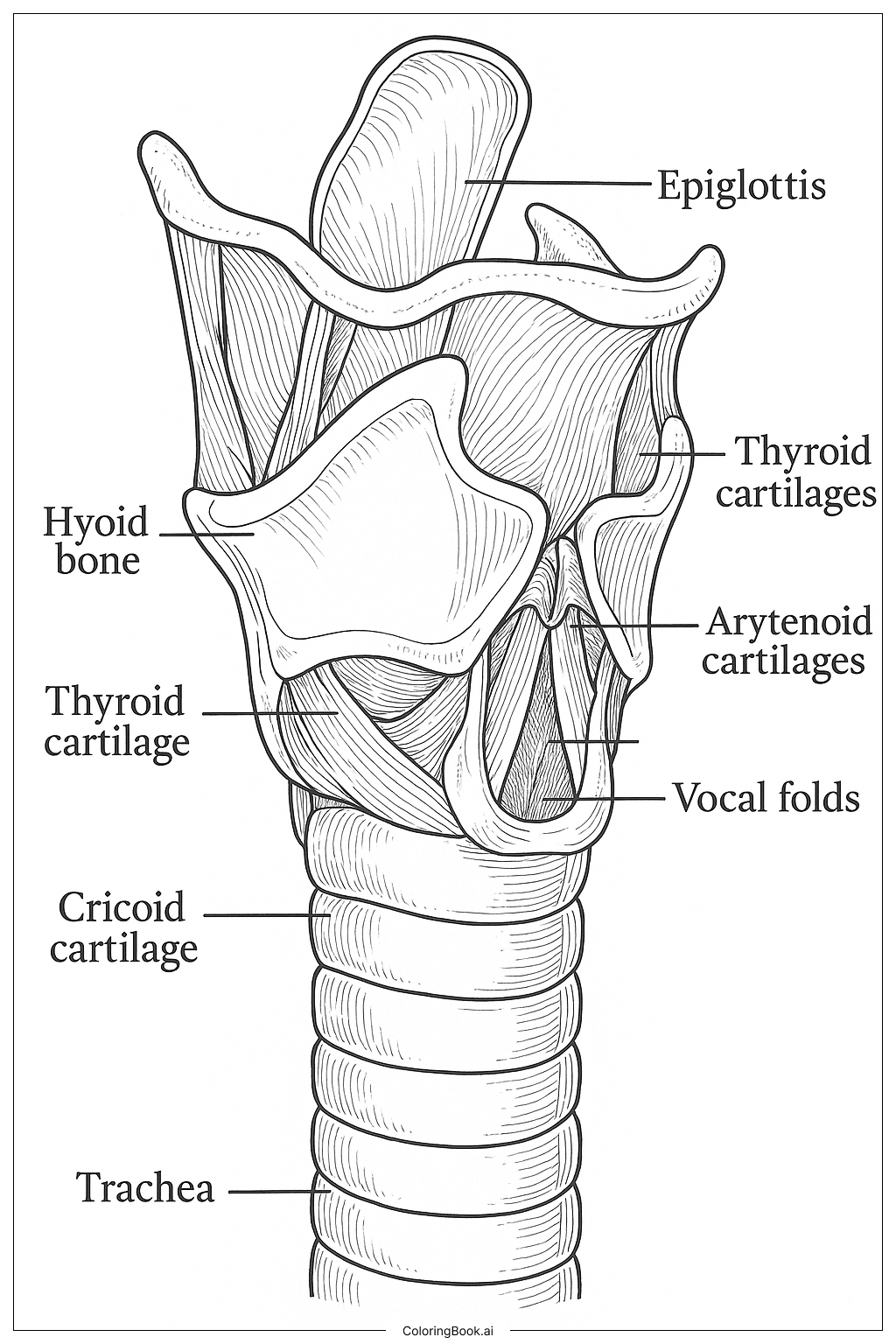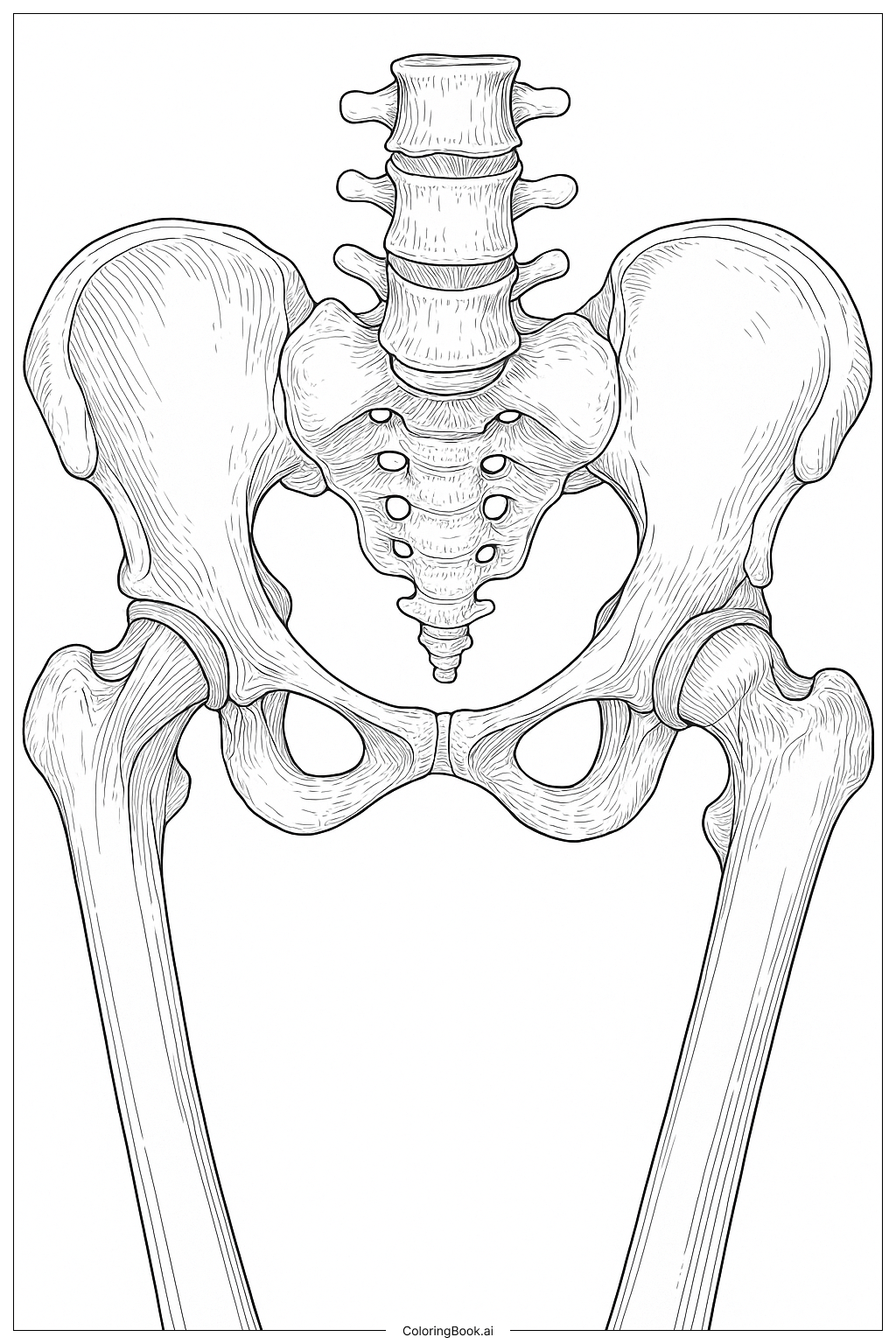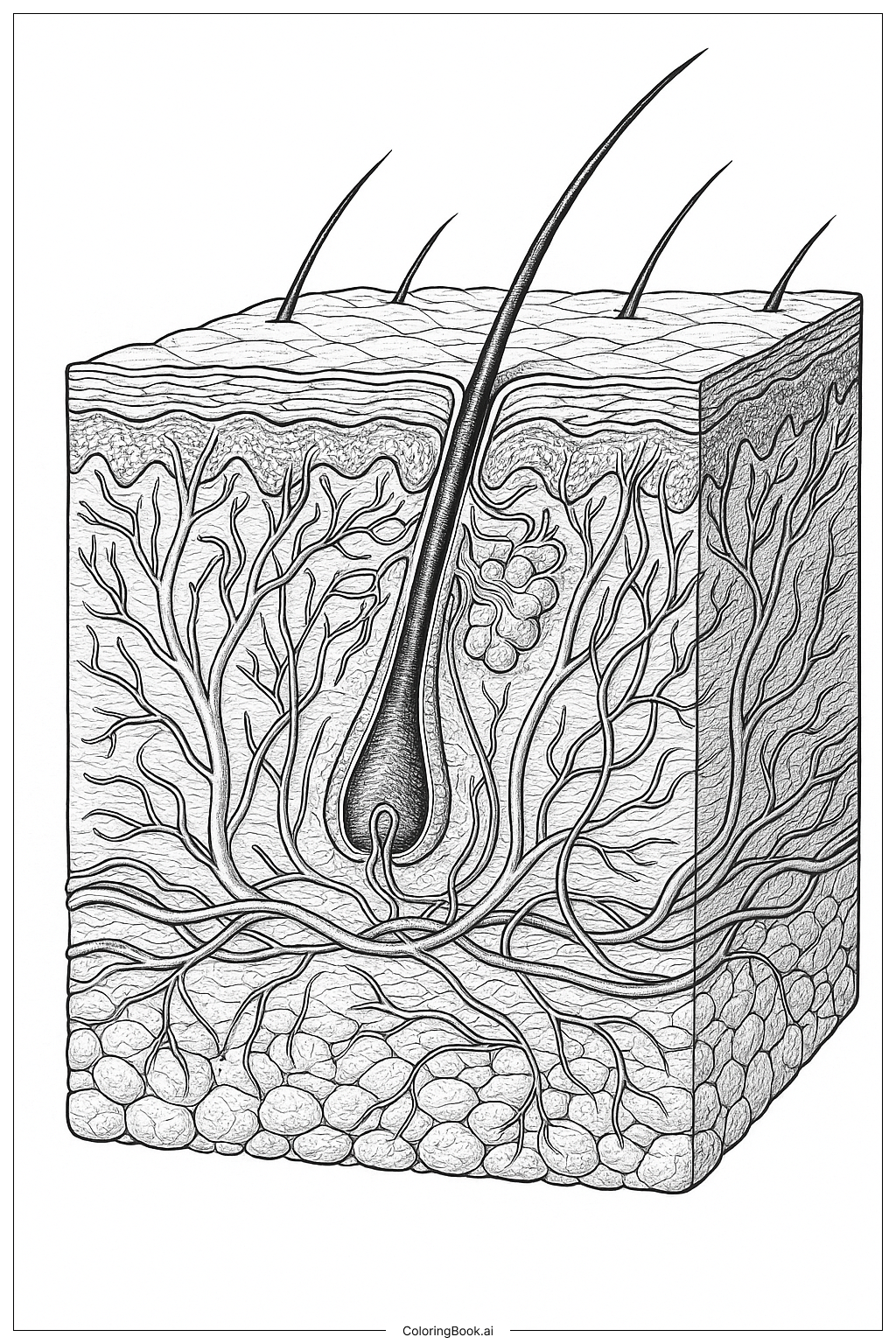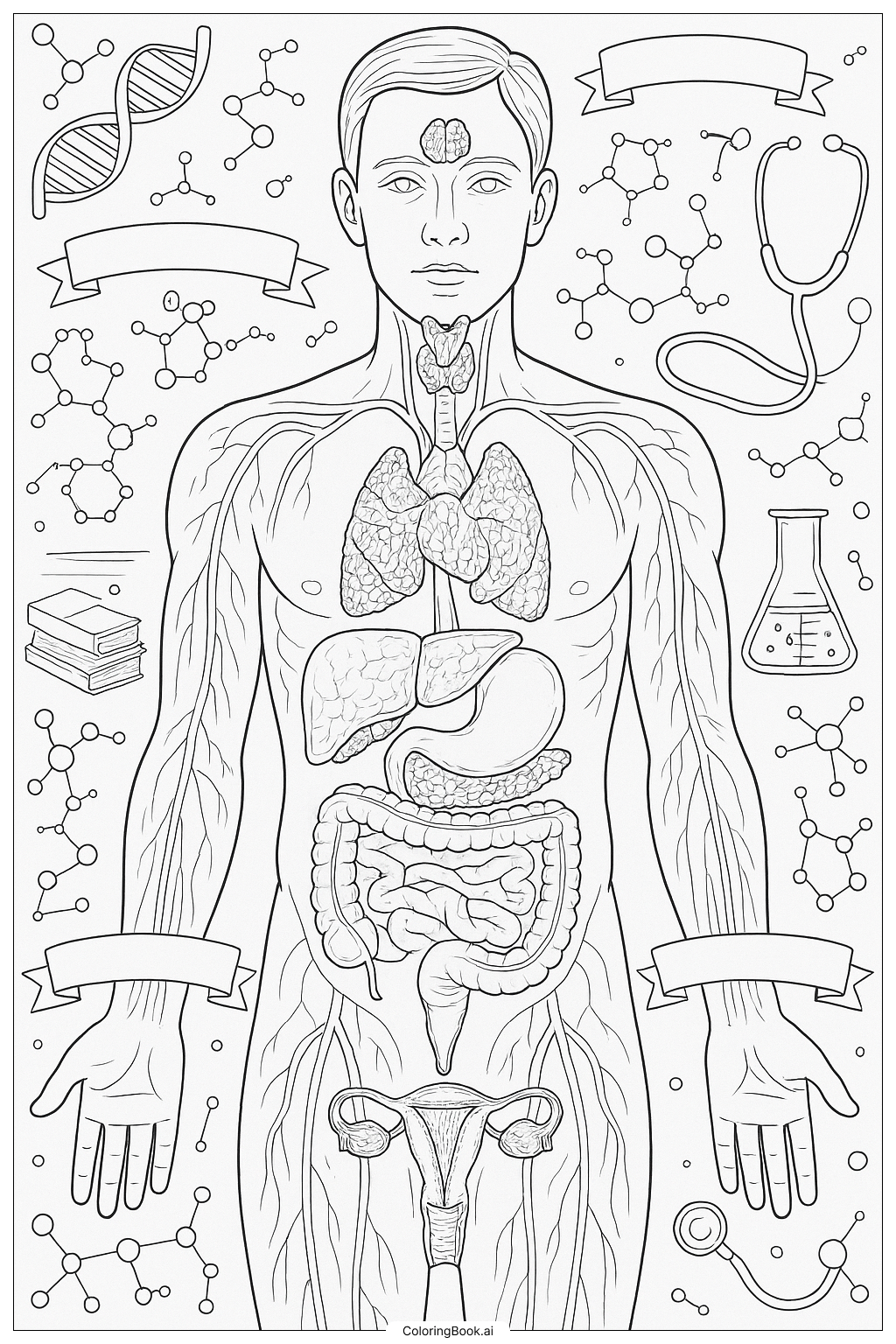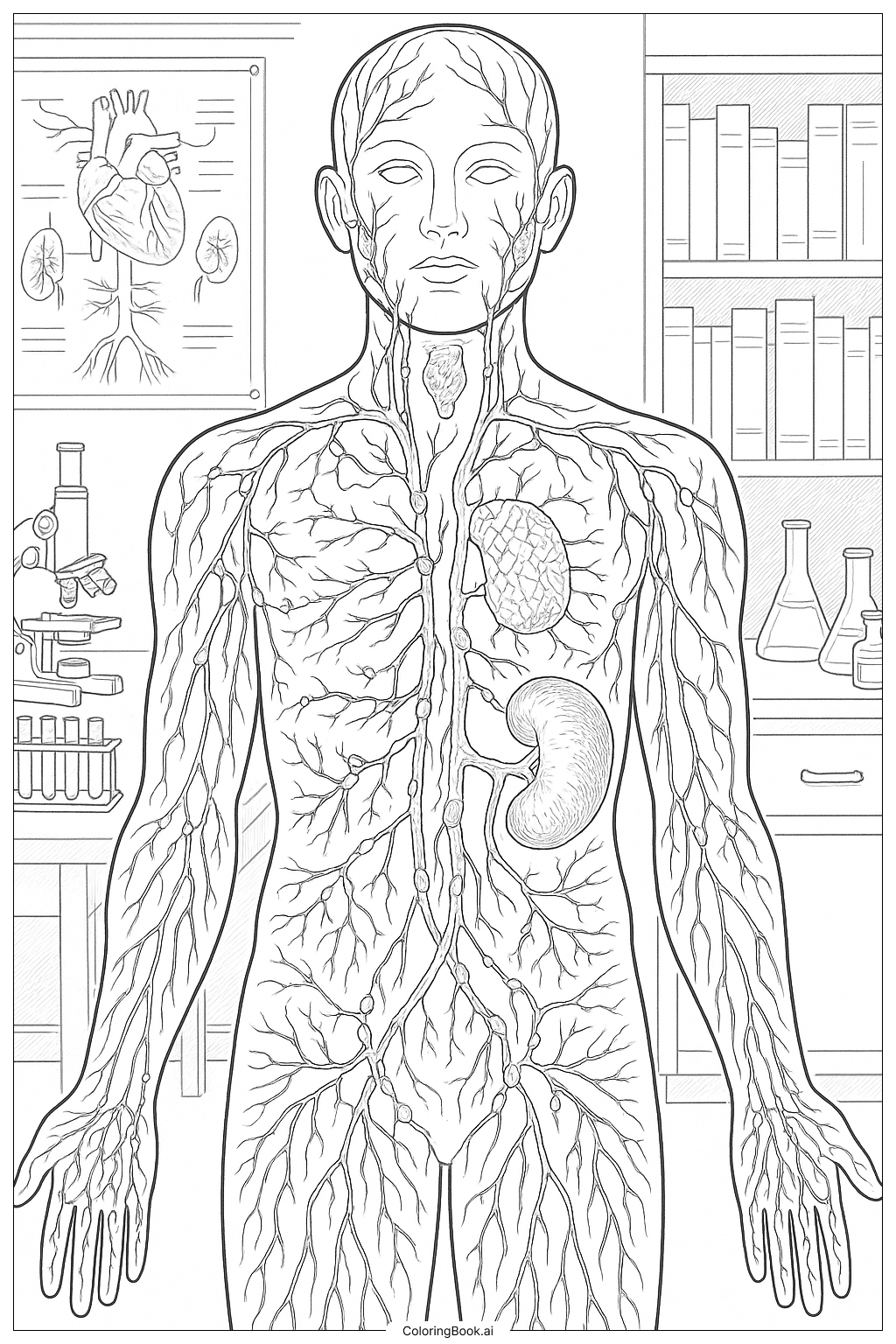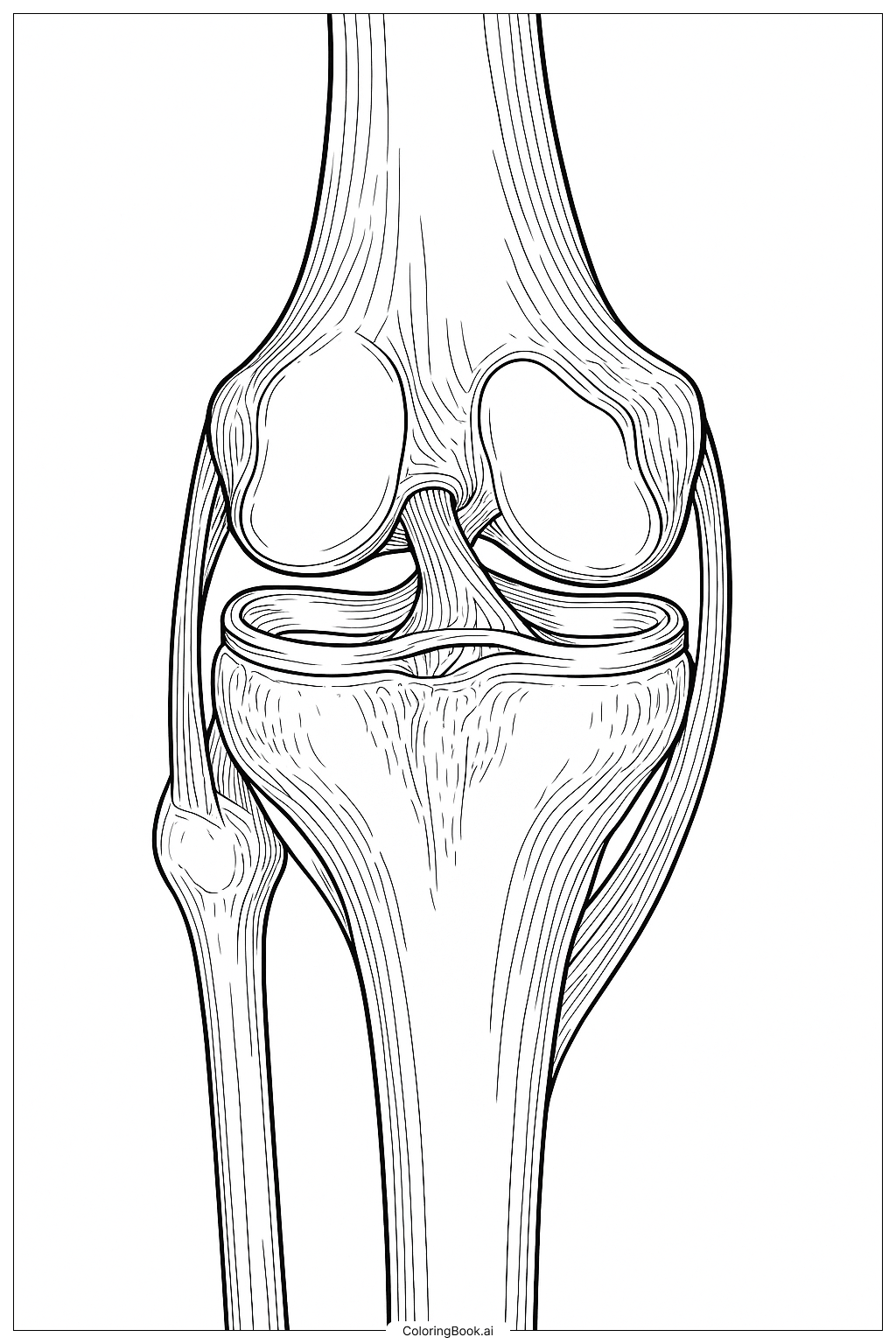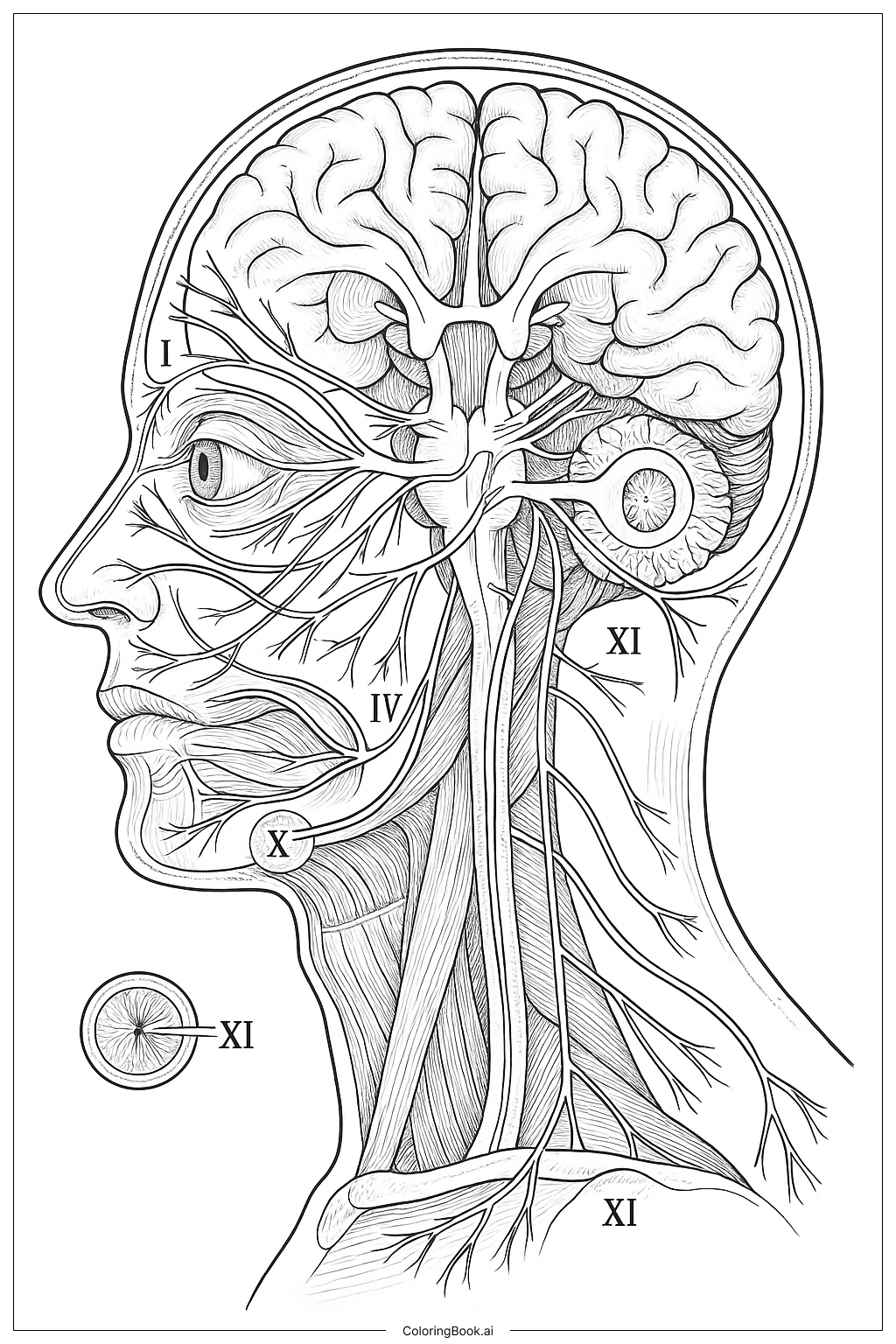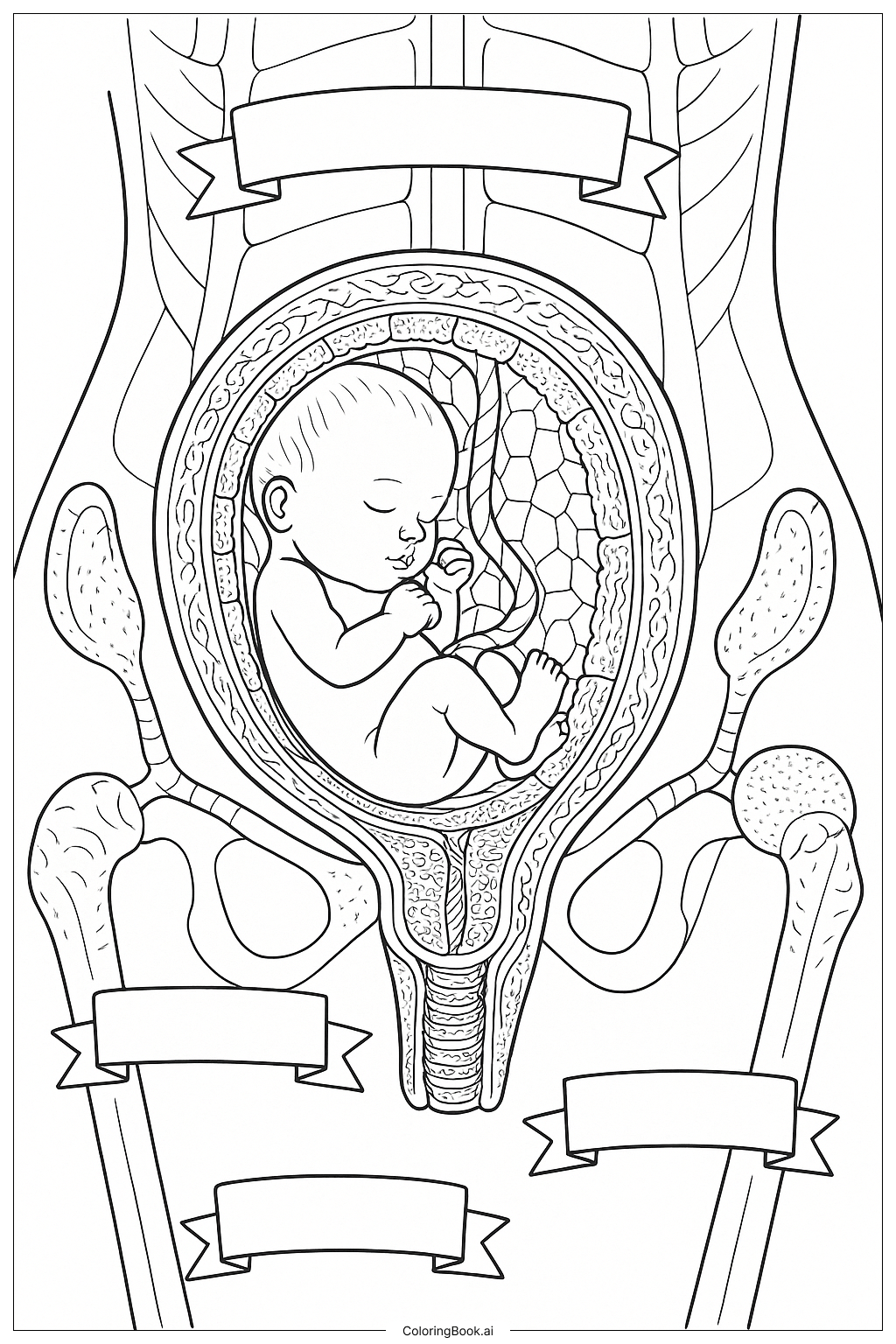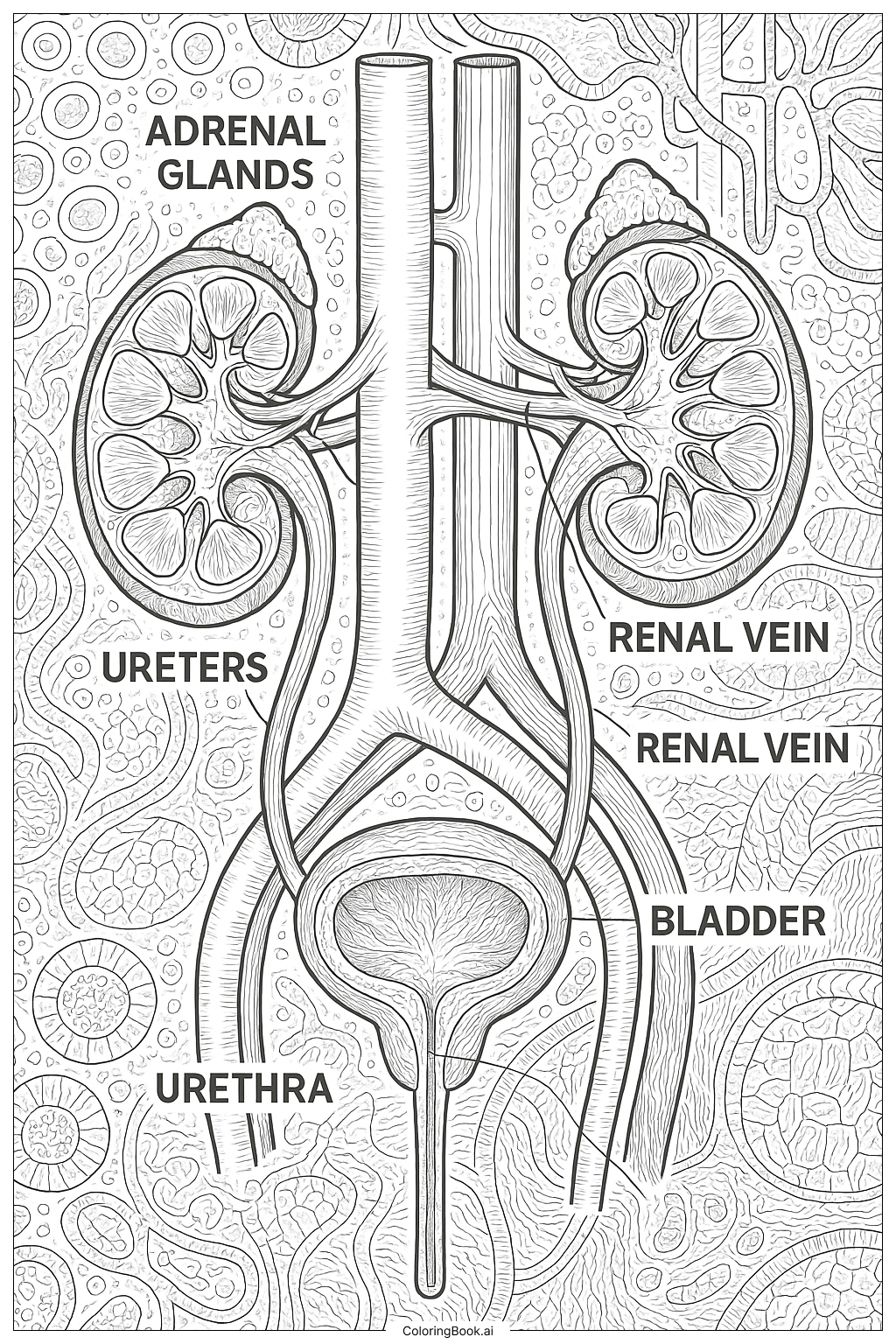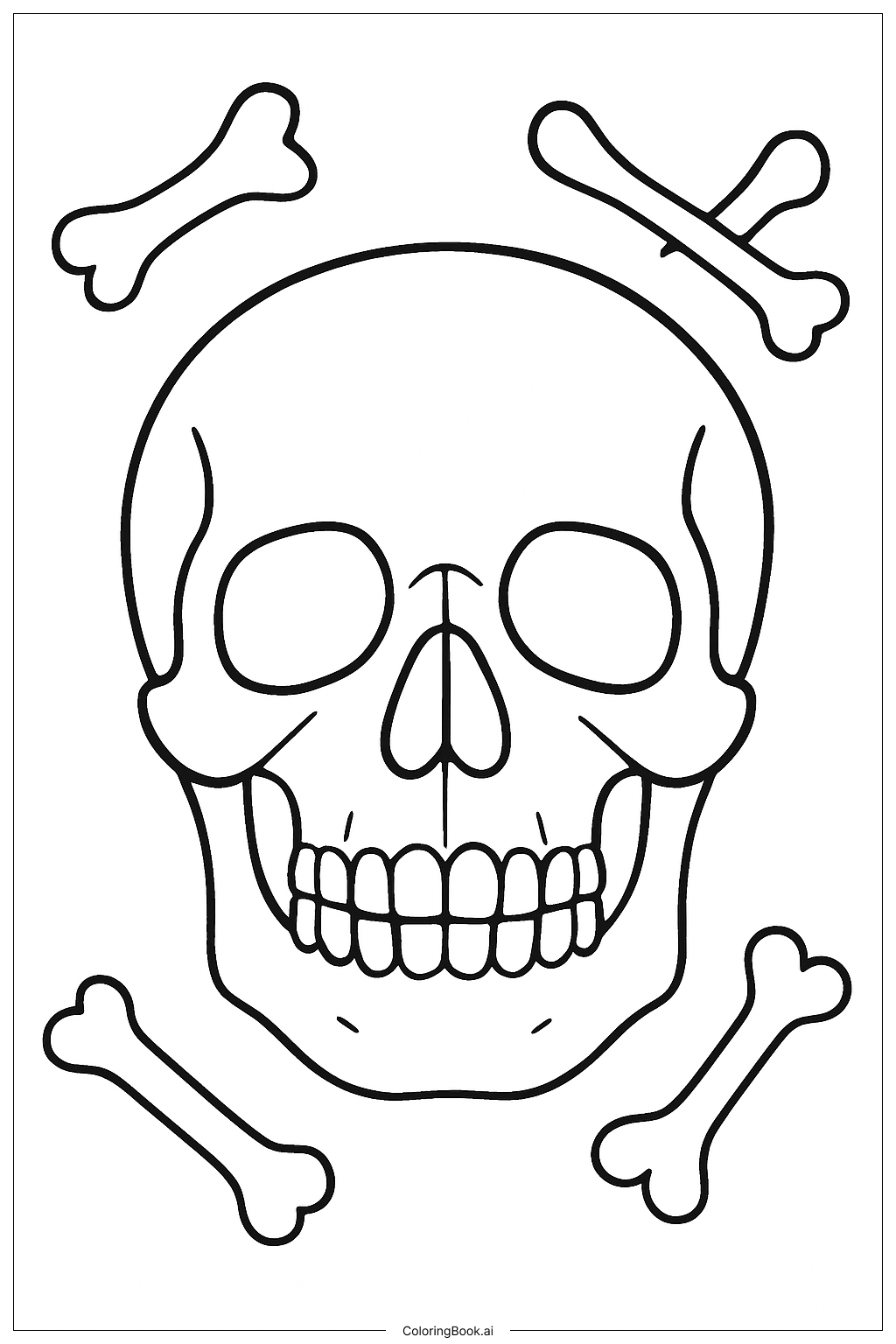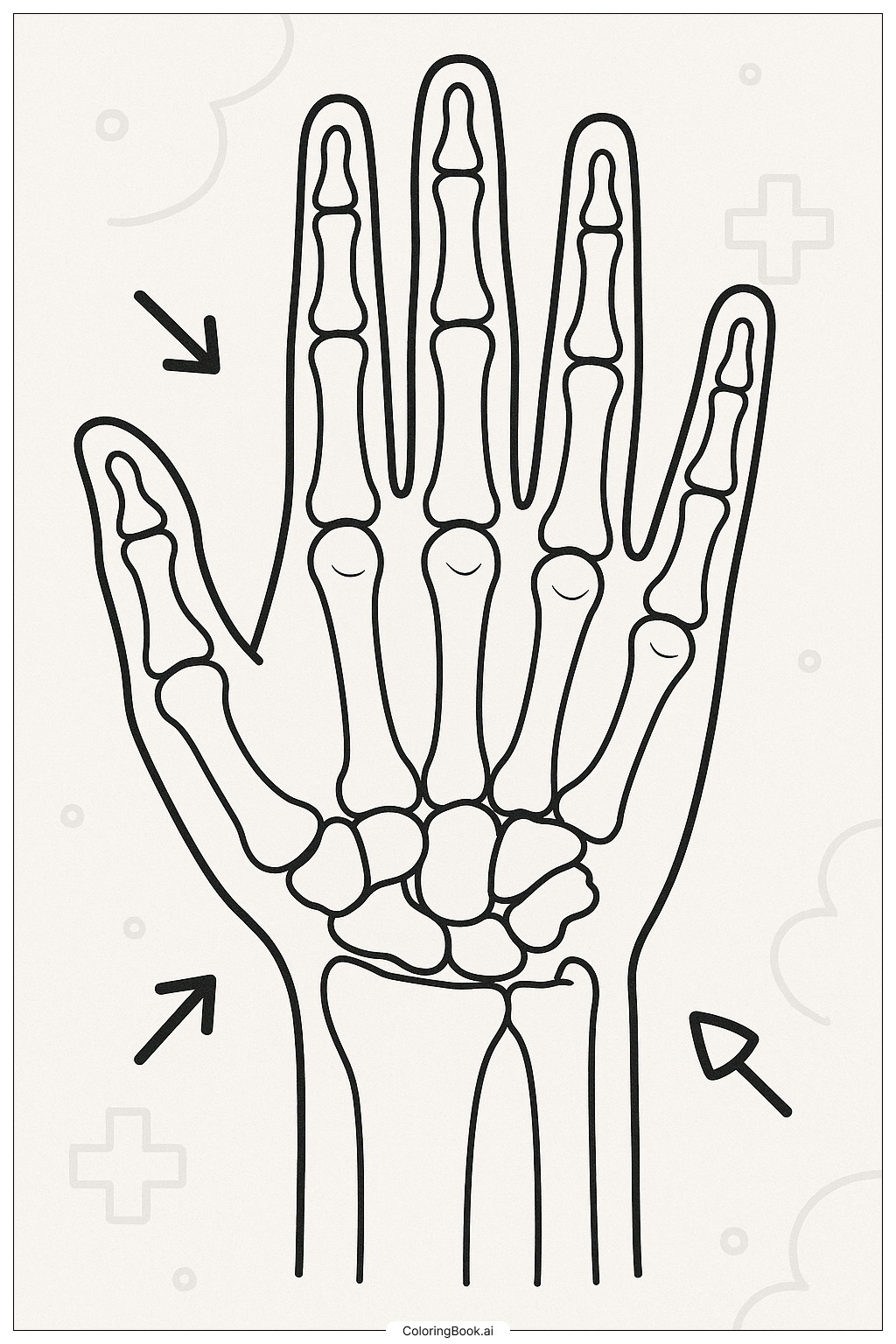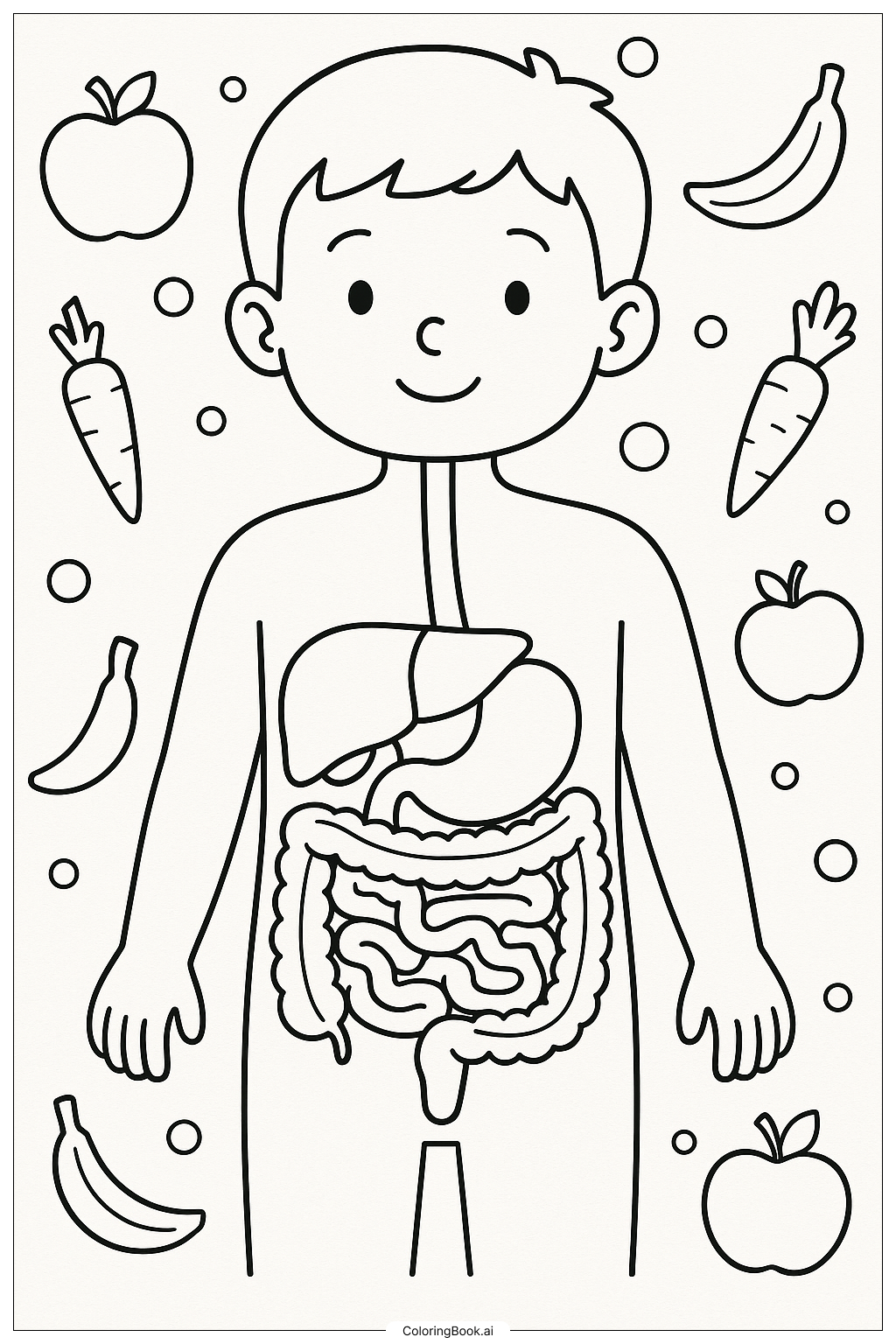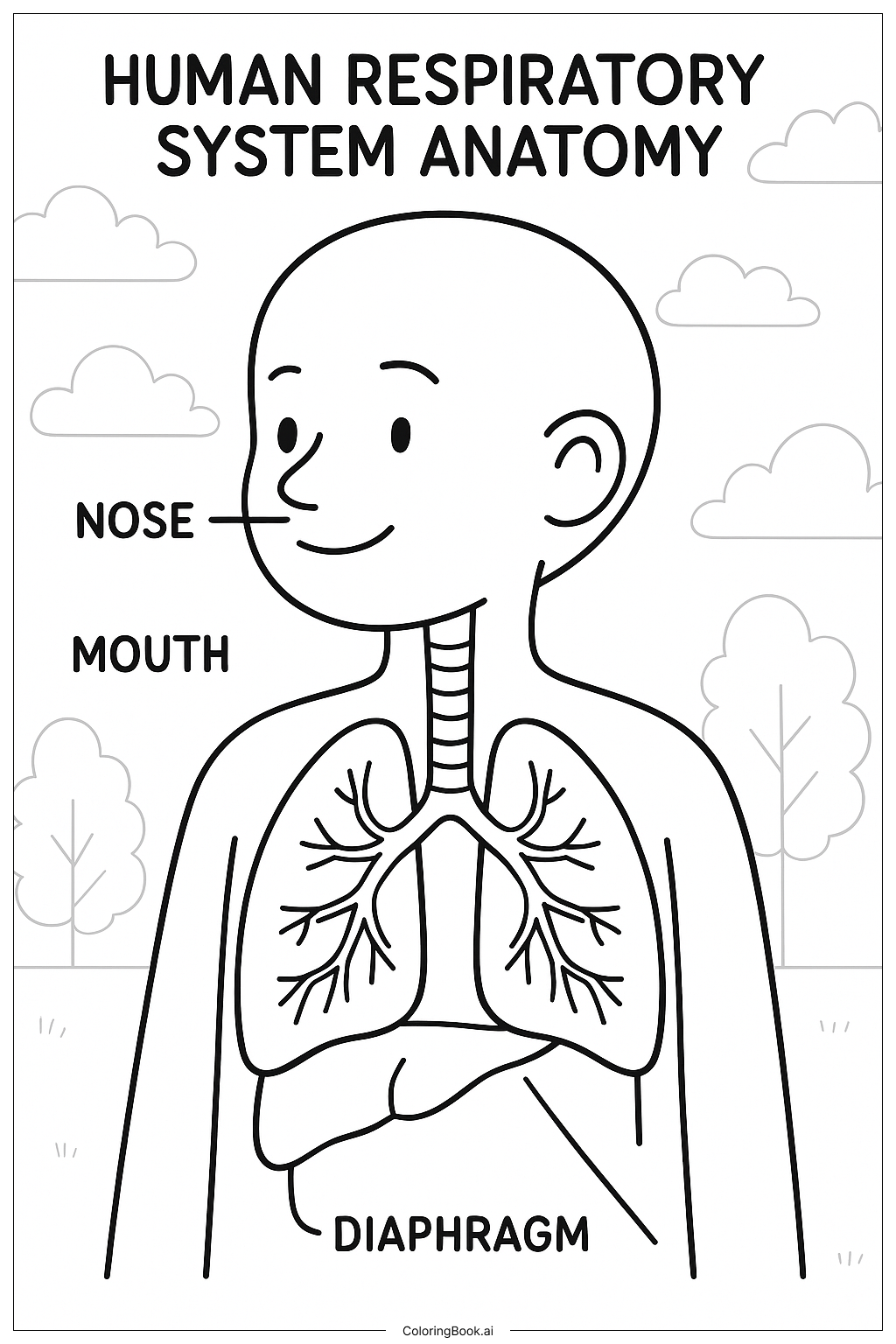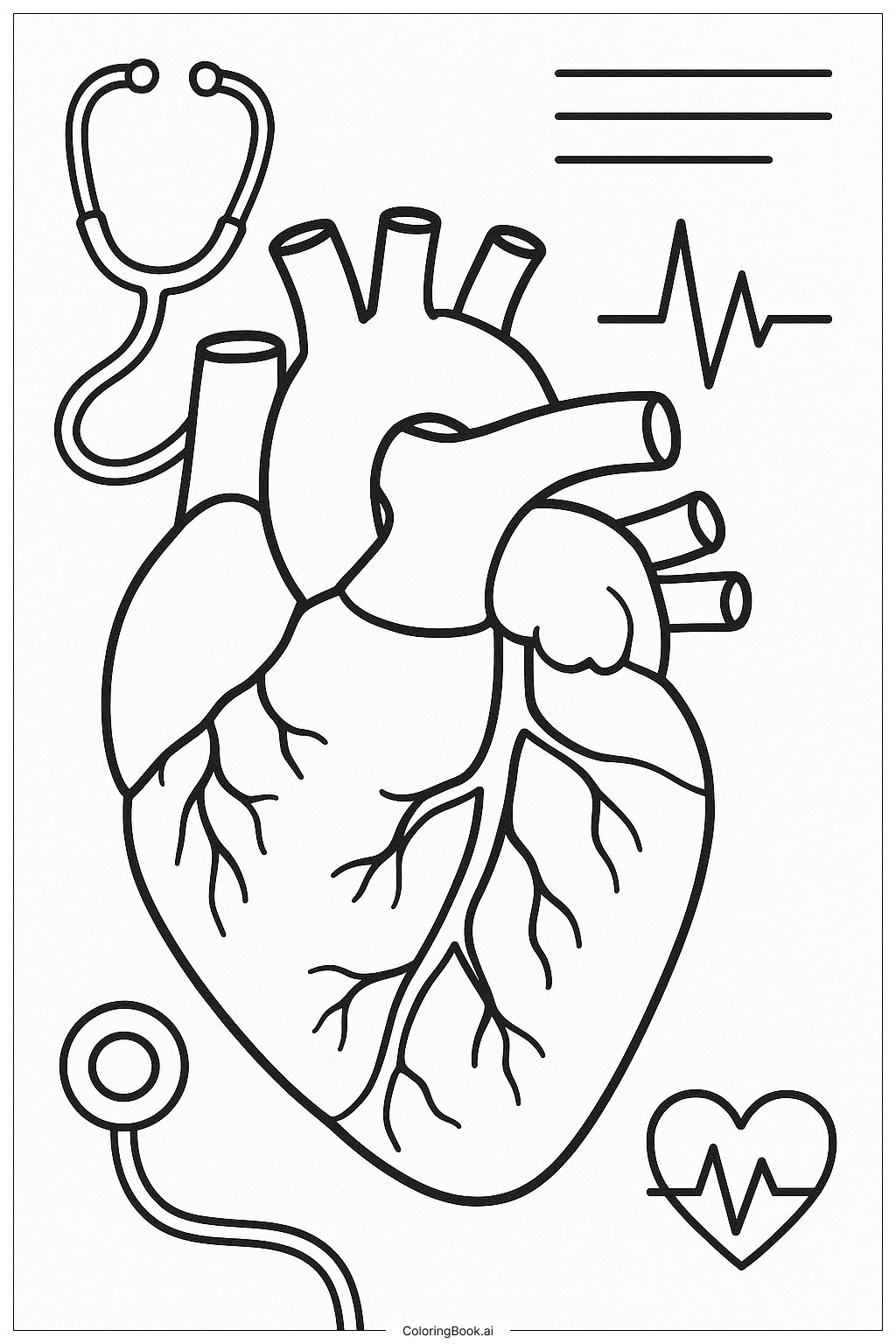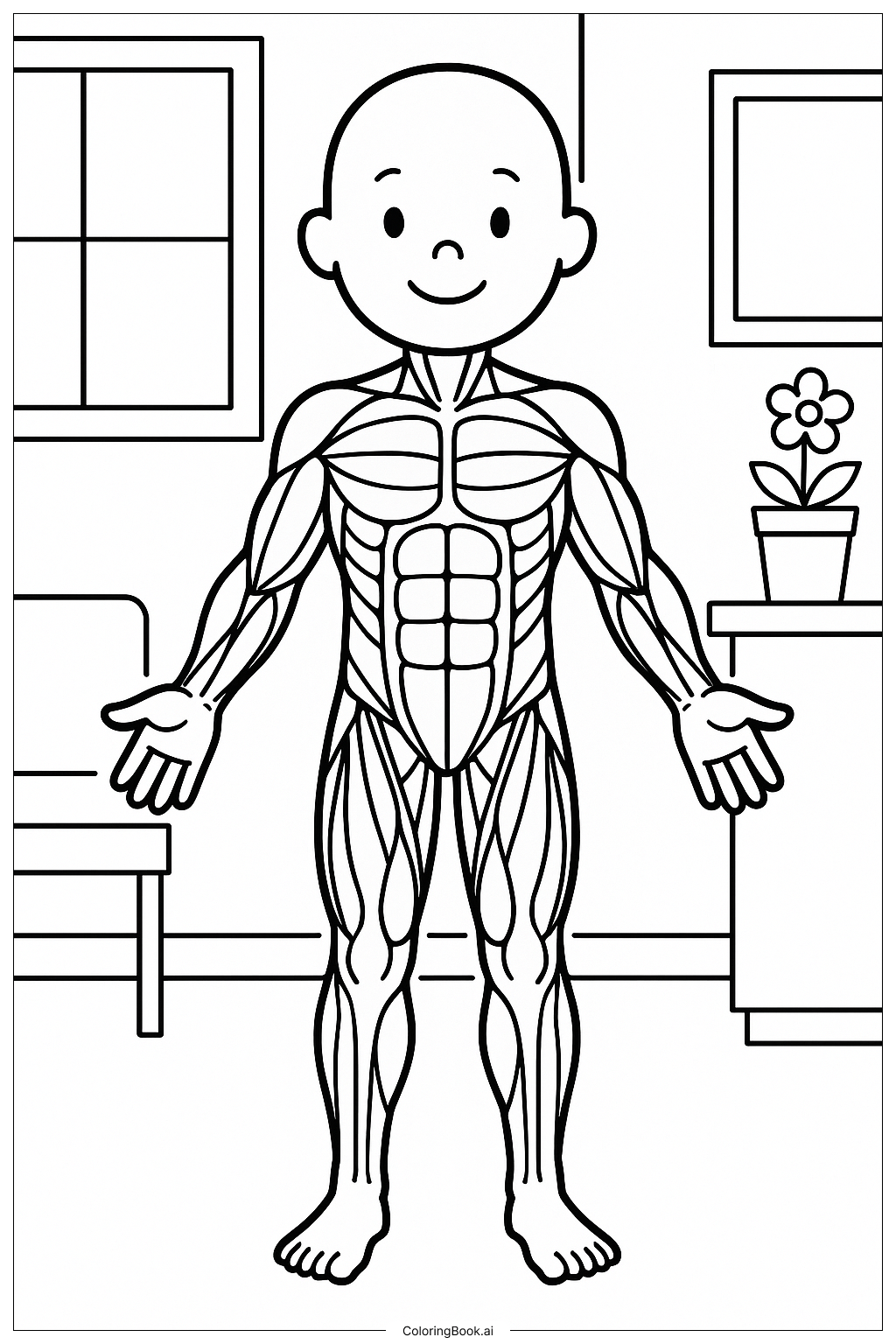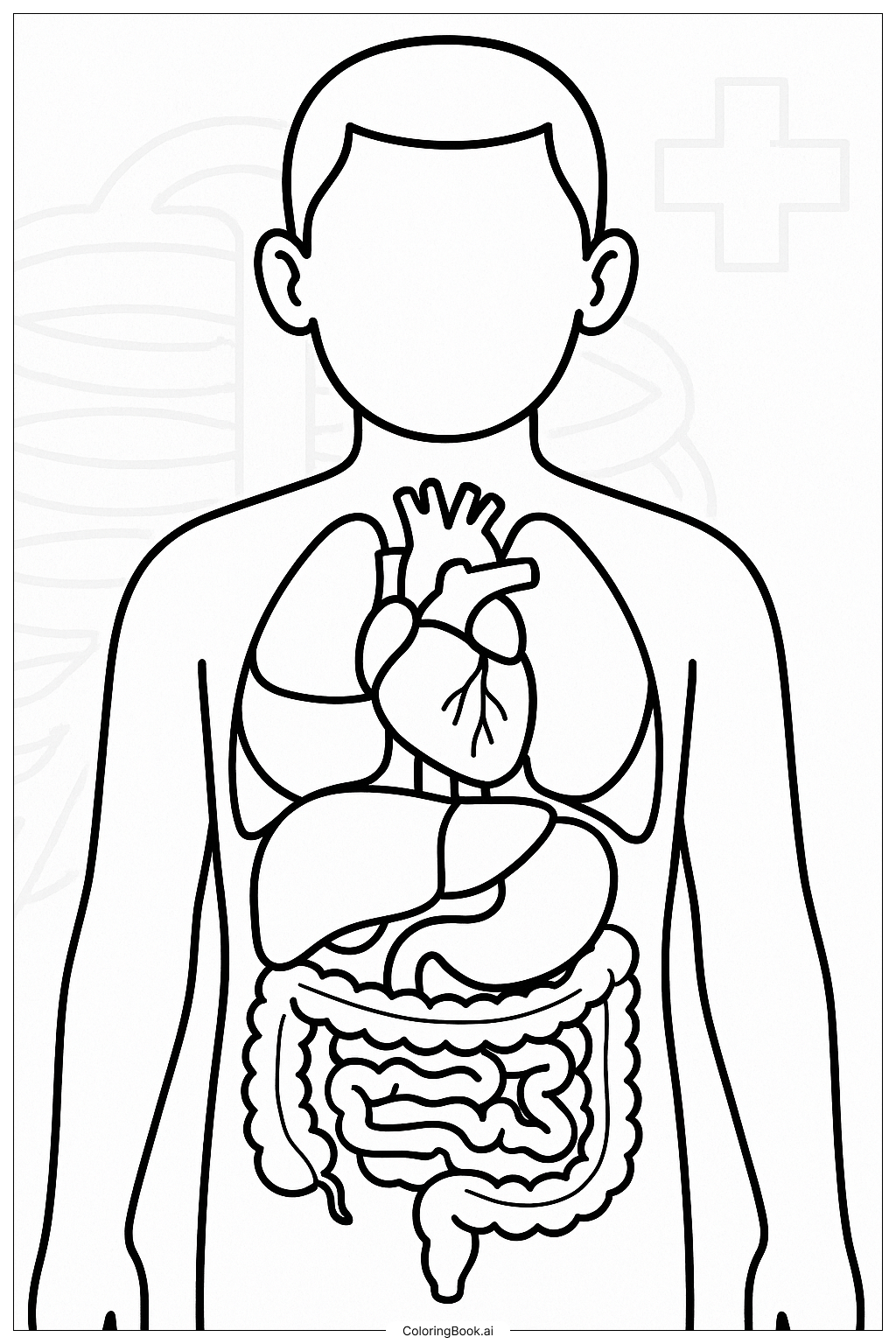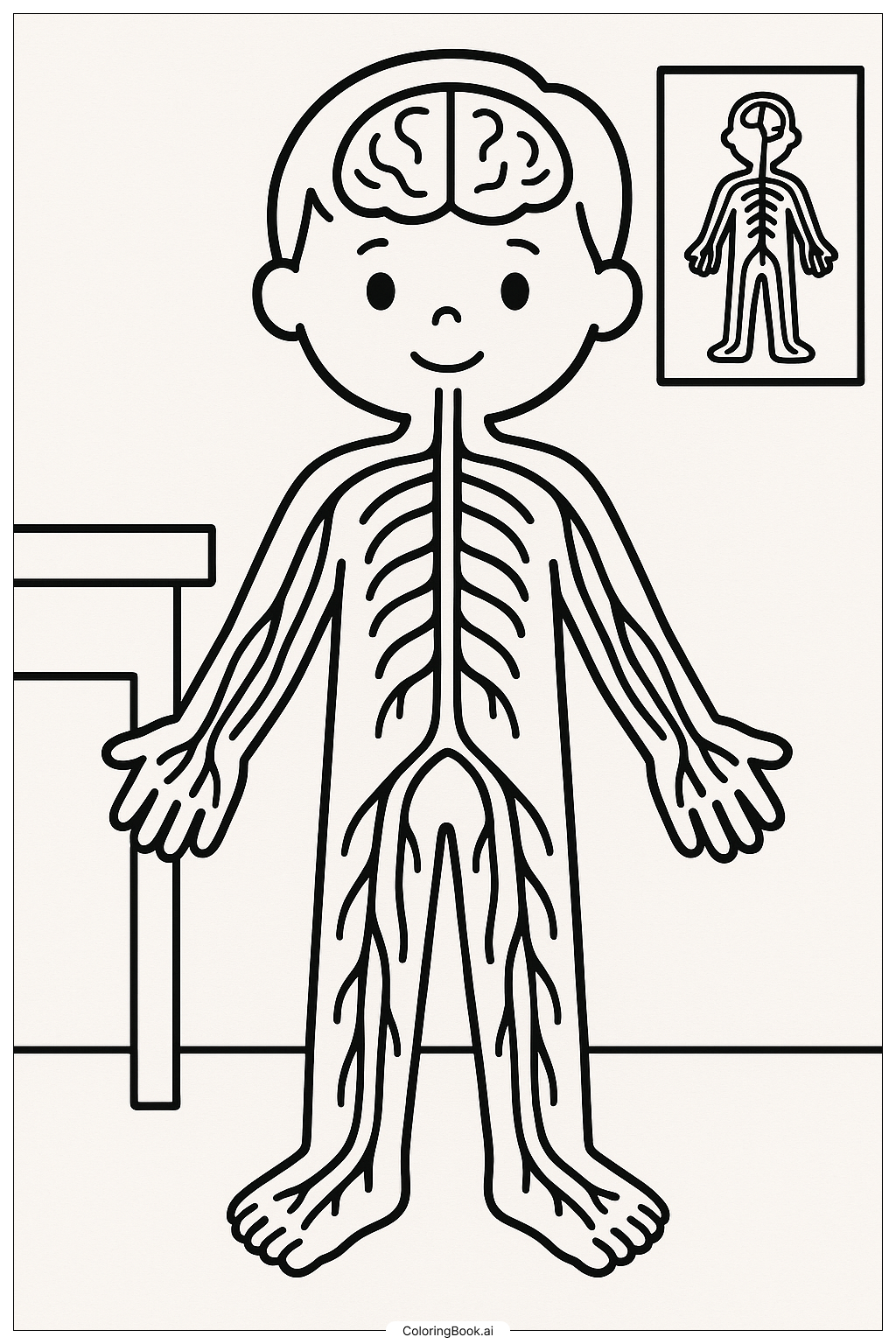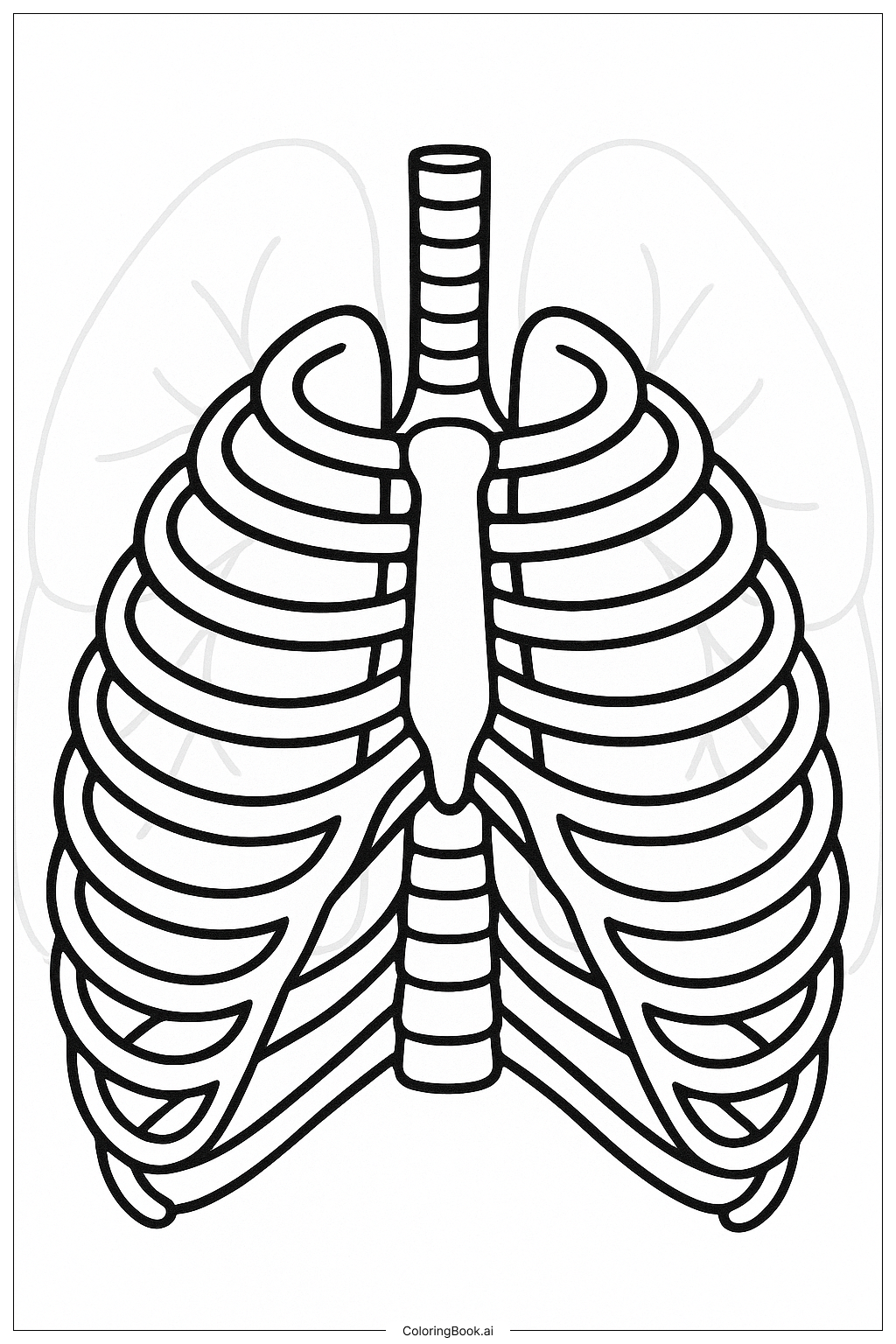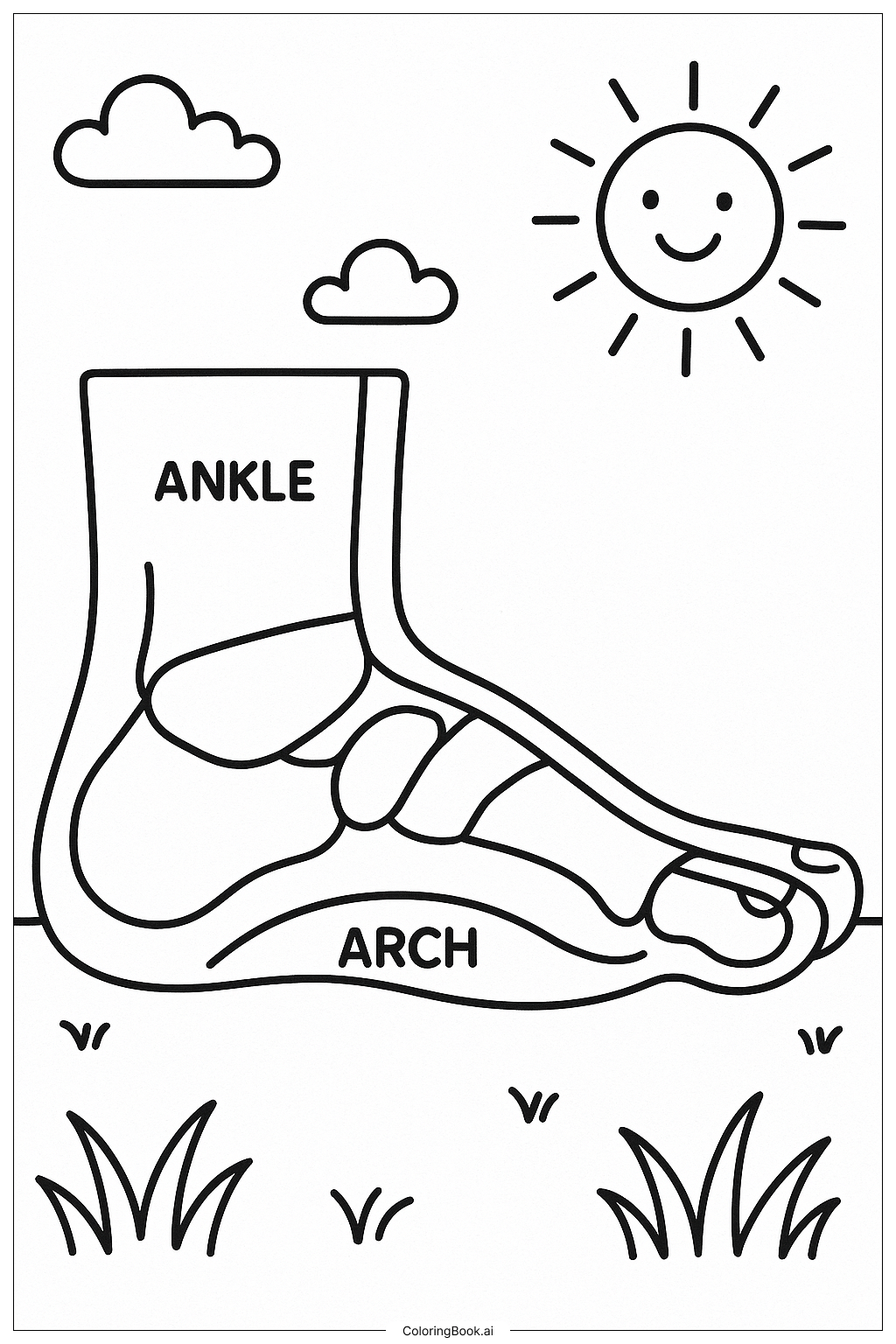40 Free Printable Anatomy Coloring Pages
Coloring pages are not just a form of entertainment, but also an effective tool for promoting children's overall development. They can enhance concentration and patience, foster creativity and imagination. During the coloring process, children's hand-eye coordination and fine motor skills are exercised. At the same time, it's also a great way to relieve stress and help children relax. Coloring can also enhance color recognition and improve aesthetic sense. For adults, coloring is also a good way to relax and relieve stress. Moreover, coloring can become a bond for families to spend quality time together and improve parent-child relationships.
All Anatomy coloring pages are available for free download, supporting PDF and PNG
8 Free Printable Anatomy Coloring Pages For Kids
The charming sketch of Simple Skeleton Anatomy invites curious children to explore a tooth's layers with a gentle, friendly mood. Anatomy becomes playful rather than scary, and this section includes 8 printable pages, all Printable and Free for Boys and Girls to color and learn, sharing quiet smiles and big imaginations.
Download your Free Printable PNG or PDF pages and start the fun!
Other coloring pages related to Anatomy:
Turn Photo to Coloring Page
No design skills needed — just upload your image and get your custom Coloring Sheet ready in 10–30 seconds. Download instantly in PNG or PDF format, completely Free. Our simple, one-click workflow and batch generation mode save you hours of manual work — so you can focus on what really matters: creativity.

19 Free Anatomy Coloring Pages Printable for Adult
This gentle page evokes quiet corridors and warm textures, a reflective study of form where soft lines invite touch; view Human Body Systems Anatomy Chart to linger on shape. This section includes 19 printable pages that feel Printable, Free, and welcoming to Adults, Women, Men seeking calm study. Even the grinch seems softened by the hush.
Download your Free Printable PNG or PDF pages and start the fun!
10 Printable Anatomy Coloring Pages For Teens (Free PNG & PDF Download)
A playful page titled Human Skull Anatomy invites curious kids to trace bones and toes; the calm, curious mood makes learning feel like a game. This Anatomy section includes 10 printable pages, all Printable and Free for Boys and Girls to color and explore, quiet moments of discovery on each sheet.
Download your Free Printable PNG or PDF pages and start the fun!
What is Anatomy?
Anatomy is the branch of science that studies the structure of living things. It helps us understand how our body parts connect and work together. Anatomy is loved by students, doctors, artists, and anyone curious about the human body and animals. Anatomy coloring pages are a fun way to learn by coloring different body parts, organs, and systems. These pages often show major components like the skeleton, muscles, heart, lungs, and brain. For kids and adults alike, anatomy coloring pages make learning interactive and enjoyable. They can feature human anatomy, animal anatomy, or even the anatomy of fictional creatures. Each Anatomy coloring page offers detailed illustrations that allow users to explore the complexity of life. People of all ages turn to anatomy coloring pages for education and relaxation, making it a favorite theme in both classrooms and creative spaces.
How to color the Anatomy coloring page?
Anatomy coloring sheets usually include common elements like bones, muscles, organs, and blood vessels. These parts have typical colors to help learners identify them quickly. For example, bones are often colored white or light gray, muscles appear red or pink, and organs like the heart and liver typically use shades of red or brown. Children can use bright, lively colors to make their Anatomy coloring sheets more fun and engaging. Beginners should start with basic colors to understand the structure clearly. Older kids and adults who use Anatomy coloring sheets might add shading or different shades to show depth and realism. Everyone benefits from coloring Anatomy sheets as it enhances memory and understanding. Doing this is simple, fun, and educational for all ages.
8 DIY creative ideas for Anatomy coloring pages
Use finished Anatomy coloring pages to create a learning poster. Glue several pages on a large sheet and label each body part.
Turn Anatomy coloring pages into a 3D model by cutting out parts and assembling them with tape or glue.
Make bookmarks by cutting out parts of an Anatomy coloring page and laminating them. Add a ribbon for a fun touch.
Create a matching game. Cut out parts on different pages and mix them up. Kids match the pieces back to the right place.
Use colored clay or playdough to trace over colored Anatomy pages for a tactile experience.
For advanced kids, fold an Anatomy coloring page accordion-style to create a flip book showing different systems, like muscles and bones.
Stick Anatomy coloring pages on card stock and cut them into puzzles for brain challenges.
Use paint instead of crayons or colored pencils for richer colors on Anatomy coloring pages. This also lets kids practice fine motor skills.
Turn Simple Text to Coloring Page
Forget complex AI prompts or design know-how. Simply enter the name of what you want — "cat," "castle," or "princess" — and our AI instantly creates a beautiful Coloring Sheet for you. No learning curve, no setup, just pure creativity. Perfect for beginners, teachers, and creators who want results in seconds.
Start your 4 Pages free trial. Cancel anytime.
